Psoriasis forehead. Psoriasis on the Face (Facial Psoriasis): Symptoms, Causes, Treatment
What are the symptoms of facial psoriasis? What causes facial psoriasis? What are the treatments for facial psoriasis?.
Symptoms of Facial Psoriasis
Psoriasis on the face can affect various areas, including the eyebrows, skin between the nose and upper lip, upper forehead, and hairline. Symptoms may vary depending on the specific area affected:
- Eyelids: Scales cover the lashes, and the edges of the lids may become red and crusty. The rims may turn up or down if the area is inflamed for an extended period.
- Eyes: The eyes may become dry, inflamed, and irritated, leading to vision problems.
- Ears: Scales can build up and block the ear canal, causing hearing loss, though psoriasis usually doesn’t affect the inner ear.
- Mouth: Psoriasis may cause red skin, sores, peeling, or pus bumps on the gums, tongue, inside the cheek, inside the nose, or on the lips.
Causes and Risk Factors of Facial Psoriasis
The exact cause of psoriasis is not fully understood, but it is known that genes and the immune system play a major role. Approximately 40% of people with psoriasis have a close family member with the condition, and many of the genes linked to psoriasis are those that help regulate the immune system. Additionally, the following factors can increase the risk of developing psoriasis:
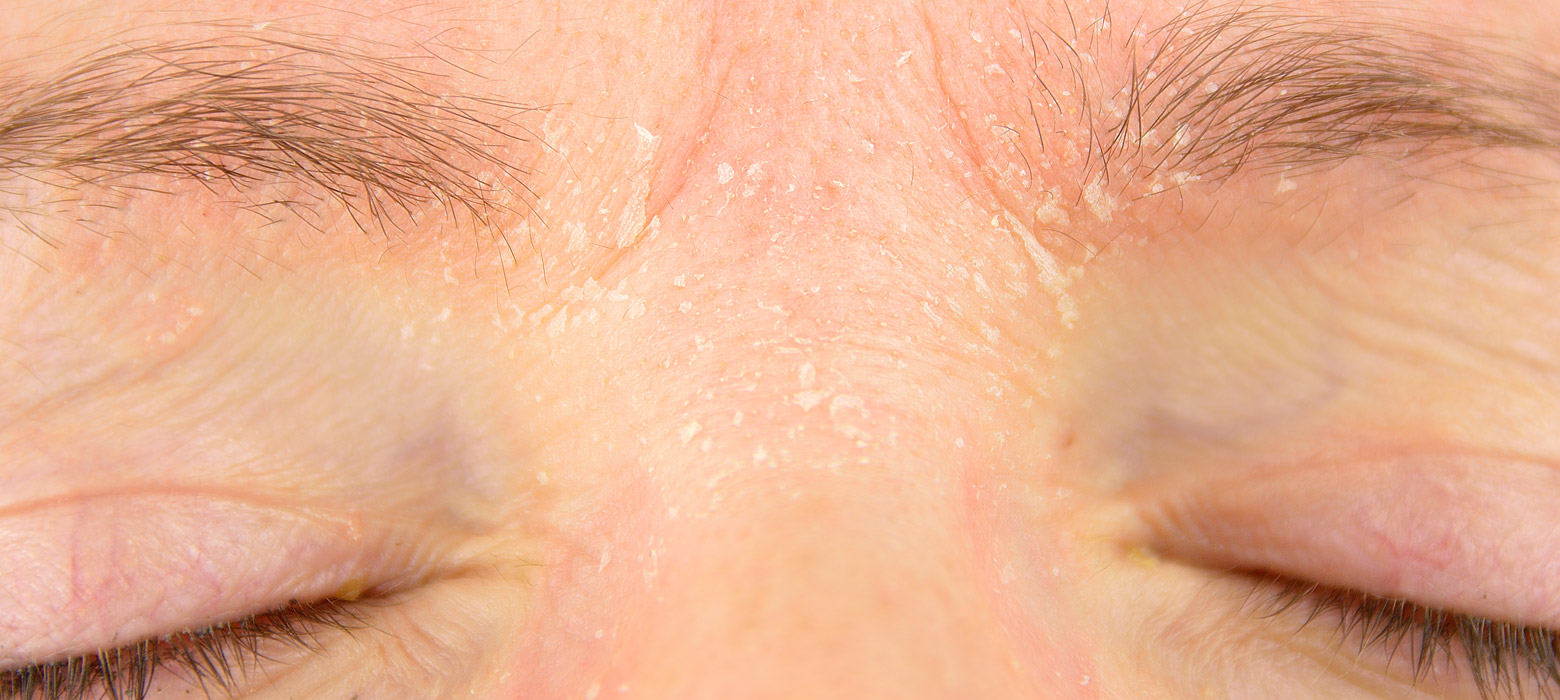
- Smoking
- Obesity
- Certain medications
- Infections
- Alcohol consumption
- Vitamin D deficiency
- Stress
Treatments for Facial Psoriasis
There are several treatments specifically for facial psoriasis, and the type used depends on which part of the face is affected. The treatments may include:
Topical Treatments
- Low-potency corticosteroids, such as ointments, creams, lotions, and sprays, to reduce redness and swelling (usually prescribed for a few weeks at a time)
- Synthetic vitamin D, such as calcipotriene (Dovonex, Sorilux) or calcitriol (Rocaltrol, Vectical), to slow the growth of skin cells
- Retinoids, such as tazarotene gel (Tazorac), to remove scales and ease inflammation
- Tapinarof (Vtama) and roflumilast (Zoryve), which are nonsteroidal topical creams applied once daily
- Pimecrolimus (Elidel) and tacrolimus (Protopic), which are drugs approved for eczema but sometimes used for facial psoriasis
- Crisaborole (Eucrisa) ointment to reduce inflammation
- Coal tar products, which can be found in over-the-counter and prescription-strength shampoos, creams, and oils
- Moisturizers, such as lotions and creams, to improve skin feel and ease itching, scaling, and dryness
- Salicylic acid, available over-the-counter and by prescription, to help remove scales
Systemic Treatments
If topical treatments are not effective, your doctor may prescribe oral or injectable medications, such as:

- Apremilast (Otezla)
- Cyclosporine (Neoral)
- Deucravacitinib (Sotyktu)
- Low-dose retinoids
- Methotrexate (Trexall)
- Biologics, such as adalimumab (Humira), adalimumab-atto (Amjevita), brodalumad (Sliq), etanercept (Enbrel), and etanercept-szzs (Erelzi)
How to Apply Psoriasis Medication on the Face
When applying psoriasis medication to the face, it’s important to be gentle and avoid irritating the sensitive skin. Here are some tips:
- Wash the affected area with a gentle cleanser and pat dry before applying the medication.
- Apply a small amount of the medication and gently spread it over the affected area.
- Avoid getting the medication in the eyes, nose, or mouth.
- Follow the instructions provided by your healthcare provider regarding frequency and duration of use.
Home Remedies for Facial Psoriasis
In addition to prescribed treatments, there are some home remedies that may help manage facial psoriasis:
- Use gentle, fragrance-free moisturizers to keep the skin hydrated.
- Apply cold compresses to soothe inflammation and itching.
- Avoid irritants such as harsh soaps, cosmetics, and environmental factors that may trigger flare-ups.
- Manage stress through relaxation techniques, such as meditation or yoga.
- Maintain a healthy diet rich in anti-inflammatory foods.
Tips for Living with Facial Psoriasis
Dealing with psoriasis on the face can be challenging, but there are strategies to help manage the condition and improve quality of life:

- Work closely with your dermatologist to find the most effective treatment plan.
- Be patient and consistent with your treatment regimen, as it may take time to see results.
- Protect your face from the sun and use gentle, fragrance-free skincare products.
- Educate yourself and others about the condition to reduce stigma and promote understanding.
- Seek support from friends, family, or a psoriasis support group to help cope with the emotional and social impacts of the condition.
Psoriasis on the Face (Facial Psoriasis): Symptoms, Causes, Treatment
Written by Annie Stuart
- Symptoms
- Psoriasis Causes and Risk Factors
- Treatments for Face Psoriasis
- Medications
- Light Treatment
- Treatments for Specific Areas
- How to Put Psoriasis Medication on Your Face
- Home Remedies for Facial Psoriasis
- Tips for Living With Facial Psoriasis
- More
Psoriasis on the face is different than on other parts of the body. Your skin there is thinner and may be more sensitive to treatments. In this area, the condition usually affects your:
- Eyebrows
- Skin between your nose and upper lip
- Upper forehead
- Hairline
You have a lot of options for treating psoriasis in these areas. Work closely with your doctor to find what works best for you.
They vary depending on what part of your face the psoriasis affects:
Eyelids
- Scales cover the lashes
- The edges of your lids may get red and crusty.

- The rims may turn up or down if they’re inflamed for a long time.
Eyes
- Dry, inflamed, irritated eyes
- Trouble seeing
Ears
- Scales build up and can block your ear canal, causing hearing loss.
- Usually, psoriasis doesn’t affect the inner ear.
Mouth
You might have red skin, sores, peeling, or pus bumps:
- On your gums or tongue
- Inside the cheek
- Inside your nose
- On the lips
Doctors aren’t sure what causes psoriasis, but they know that genes and your immune system play a major role. About 40% of people with psoriasis have a close family member with the disease. Many of the genes linked to psoriasis are those that help run your immune system. In addition to your genes, these things can make you more likely to get psoriasis:
- Smoking
- Obesity
- Medications
- Infections
- Alcohol
- Vitamin D deficiency
- Stress
There are a few main types of treatments specifically for facial psoriasis.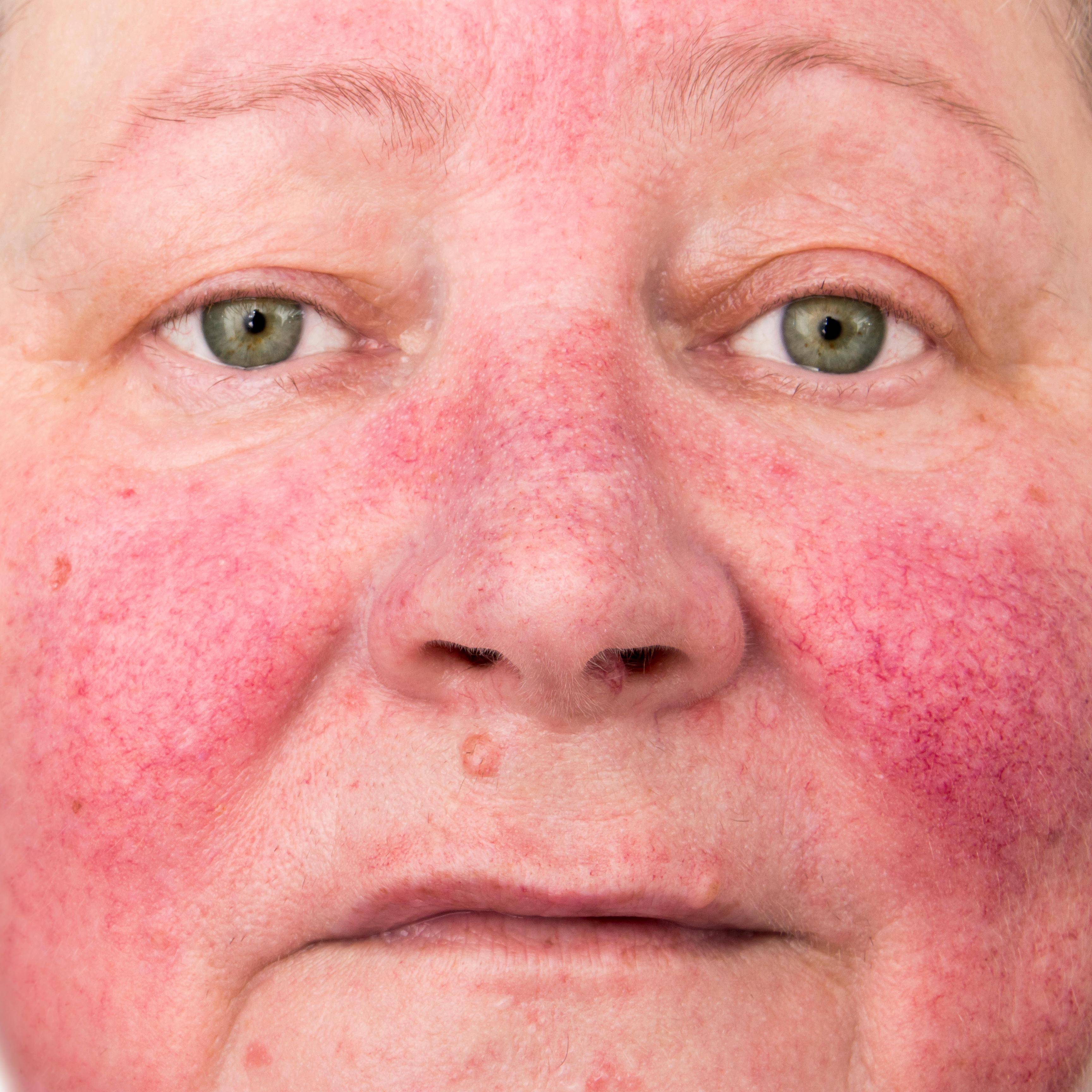 The type you use depends on which part of the face is affected.
The type you use depends on which part of the face is affected.
Your doctor may prescribe just one or a mixture of them, including treatments that go on your skin such as:
- Low-potency corticosteroids, which are ointments, creams, lotions, and sprays that reduce redness and swelling. Doctors usually prescribe them for just a few weeks at a time. If you use them for longer, they can make your skin thin, shiny, and bruise easily or give it stretch marks and new blood vessels.
- Synthetic vitamin D, such as calcipotriene (Dovonex, Sorilux) ointment, foam, or cream, slows the growth of skin cells. But it can also irritate your face. Calcitriol (Rocaltrol, Vectical) is a newer vitamin D drug for psoriasis that some studies suggest may be better for sensitive skin.
- Retinoids, such as tazarotene gel (Tazorac), help remove scales and may ease inflammation. But skin irritation is a side effect.

- Tapinarof (Vtama) is a type of nonsteroidal topical cream that you apply once a day on areas of your face affected by plaque psoriasis. It’s FDA-approved for adults, and you can use it in other sensitive areas like skin folds and genitals. One study found that 4 in 10 people saw their psoriasis symptoms completely go away at least once during the study. Common side effects can include red bumps, pain or swelling in your nose or throat, burning, or peeling.
- Roflumilast (Zoryve) is another type of once-daily nonsteroidal topical cream. One study found that it can clear your flare-up in about 6 weeks if you have mild psoriasis. Common side effects can include diarrhea, headache, insomnia, nausea, upper respiratory tract infection, and urinary tract infection.
- Pimecrolimus (Elidel) and tacrolimus (Protopic) are two drugs the FDA has approved for eczema, a different skin condition.
 Some dermatologists recommend these drugs for psoriasis on the face. But talk to your doctor about whether you need these medicines. The FDA says people should use them only for a short time since some studies have linked the drugs to cancer risks.
Some dermatologists recommend these drugs for psoriasis on the face. But talk to your doctor about whether you need these medicines. The FDA says people should use them only for a short time since some studies have linked the drugs to cancer risks. - Crisaborole (Eucrisa) ointment is another topical medicine recently approved by the FDA for eczema that can reduce inflammation. It can cause temporary burning or stinging when you apply it.
- Coal tar. Derived from coal, this treatment comes in over-the-counter shampoos, creams, and oils. Prescription-strength products are also available.
- Lotion, creams, or other moisturizers. They can’t heal psoriasis, but they can make your skin feel better and ease itching, scaling, and dryness.
- Salicylic acid. Also available over the counter and by prescription in shampoos and scalp treatments, this remedy can help get rid of scales.
 Your doctor might pair it with steroids or coal tar.
Your doctor might pair it with steroids or coal tar.
If these treatments don’t help, ask your doctor if you should take prescription pills or shots for your condition. These include:
- Apremilast (Otezla)
- Cyclosporine (Neoral)
- Deucravacitinib (Sotyktu)
- Low-dose retinoids
- Methotrexate (Trexall)
- Biologics such as:
- Adalimumab (Humira)
- Adalimumab-atto (Amjevita)
- Brodalumad (Sliq)
- Etanercept (Enbrel)
- Etanercept-szzs (Erelzi)
- Infliximab (Remicade)
- Risankizumab-rzaa (SKYRIZI)
- Secukinumab (Cosentyx)
- Ustekinumab (Stelara)
Each works differently, but they can be helpful for moderate to severe psoriasis.
Another option is treatment with ultraviolet (UV) light, called phototherapy, which slows skin cell growth. There are several types:
- Sunlight. You get ultraviolet rays from sunlight or artificial light.
- UVB phototherapy.
 You get UVB rays from an artificial source.
You get UVB rays from an artificial source. - Narrow band UVB phototherapy. This is a newer type of UVB treatment.
- Goeckerman therapy. This mixes UVB treatment with coal tar.
- Psoralen plus ultraviolet A (PUVA). Psoralen is a medication that makes your skin more sensitive to light. You take it before UVA therapy.
- Excimer laser. This is a controlled beam of UVB light that treats a small area.
Eyelids
To treat this area, your doctor may recommend:
- Special corticosteroids to treat scaling. But don’t overuse them. If they get into your eyes, they can lead to glaucoma or cataracts.
- The eczema drugs crisaborole (Eucrisa) ointment, pimecrolimus (Elidel), or tacrolimus (Protopic). They don’t cause the side effects of steroids. They can sting the first few days you use them.
Be careful when you treat psoriasis around your eyes. The skin on eyelids is delicate and gets damaged easily. Tell your doctor about any problems you have.
Tell your doctor about any problems you have.
Psoriasis in the eye is very rare. If you have it, your eyes can be painfully dry. You may need antibiotics to treat an eye infection if you get one.
Ears
Psoriasis medications can put your eardrum at risk, so be cautious when you apply any inside the ear. Your doctor may recommend:
- A prescription corticosteroid you can drip in your ear or apply to the outside of your ear canal
- Calcipotriene or tazarotene usually mixed with a corticosteroid cream or ointment
Mouth and Nose
Your doctor may recommend:
- Steroid creams or ointments that are made for moist areas
- Rinsing often with a saline solution to relieve pain
- Low-potency corticosteroids like hydrocortisone 1% ointment
- Pimecrolimus or tacrolimus
Here are a few basic tips:
- Use small amounts.
- Be careful when you apply creams and ointments around the eyes.
 Some treatments can irritate them.
Some treatments can irritate them. - Follow your doctor’s instructions for taking the medication so you can prevent side effects, especially with steroids.
- Ask your doctor if you can use makeup to conceal the psoriasis on your face. Some products can prevent treatment from working.
- If your medication doesn’t help or causes too many side effects, work with your doctor to figure out a treatment that will help.
At-home self-care is about the basics – trying not to scratch affected areas, avoiding the things that seem to trigger flare-ups, using cold compresses and moisturizer to soothe affected areas (see below), and keeping up with your treatment.
No supplements or herbal remedies have been proven to treat psoriasis on the face or any other part of the body.
Don’t scratch your psoriasis. Be gentle with your skin. Use a cold compress on your psoriasis. To make a cold compress, dampen a cloth in cold water and squeeze out any extra water so it’s not dripping wet.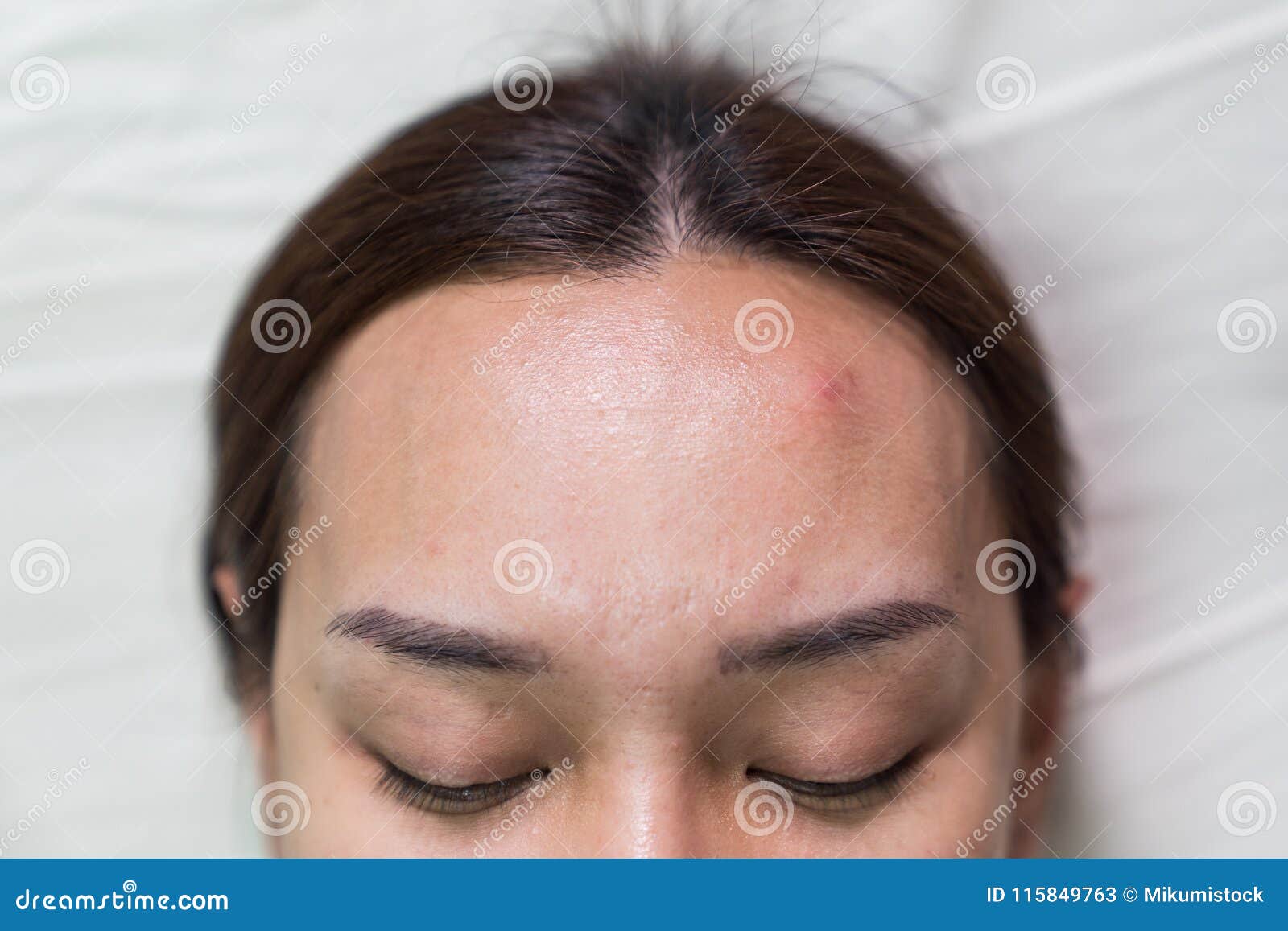 You could also use an ice pack. But don’t put ice directly onto your skin. Moisturizing the area can also help. You may want to pick a fragrance-free moisturizer.
You could also use an ice pack. But don’t put ice directly onto your skin. Moisturizing the area can also help. You may want to pick a fragrance-free moisturizer.
Wear sunscreen every day. You’d want to do this even if you didn’t have psoriasis to help prevent skin cancer and wrinkles. With facial psoriasis, it’s also important to avoid sunburns because they can make your psoriasis worse.
Check on makeup. If you want to hide your psoriasis, you can ask your doctor if you can use makeup to conceal. Don’t assume it’s OK to do, since some products can prevent treatment from working.
Practice stress management. Stress is a possible trigger for psoriasis. There are many healthy ways to handle stress, such as exercise, meditation, making time to relax, and spending time with people you like.
If you’re self-conscious about your facial psoriasis and it’s getting in the way of your life, consider talking to a licensed therapist.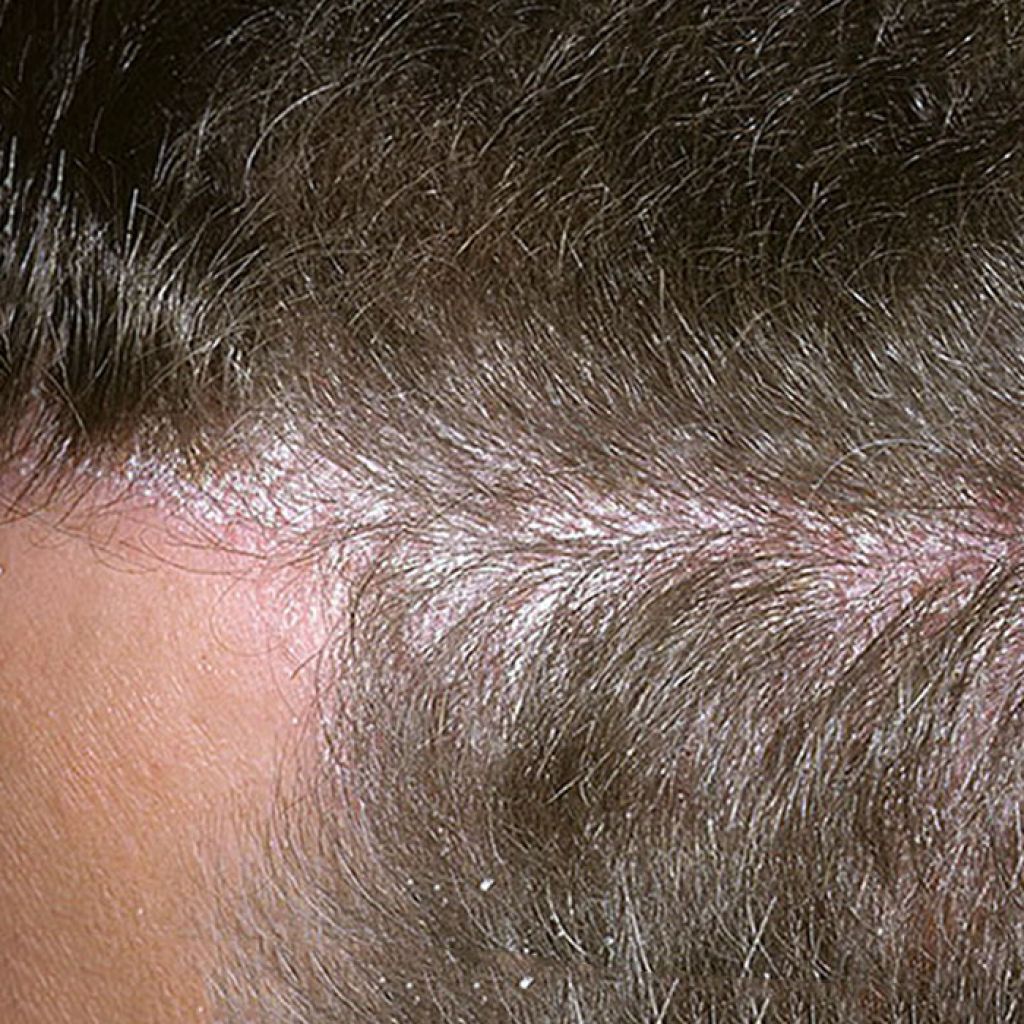 They can see if you have depression, and if you do, you can get it treated. Therapy can also help you start to build the confidence to move forward, without feeling like psoriasis is holding you back.
They can see if you have depression, and if you do, you can get it treated. Therapy can also help you start to build the confidence to move forward, without feeling like psoriasis is holding you back.
Top Picks
Psoriasis on the Face (Facial Psoriasis): Symptoms, Causes, Treatment
Written by Annie Stuart
- Symptoms
- Psoriasis Causes and Risk Factors
- Treatments for Face Psoriasis
- Medications
- Light Treatment
- Treatments for Specific Areas
- How to Put Psoriasis Medication on Your Face
- Home Remedies for Facial Psoriasis
- Tips for Living With Facial Psoriasis
- More
Psoriasis on the face is different than on other parts of the body.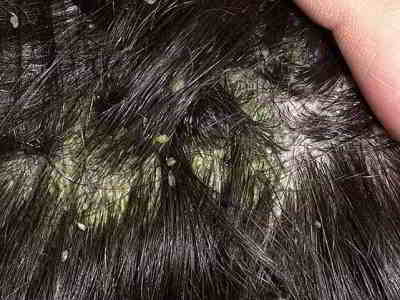 Your skin there is thinner and may be more sensitive to treatments. In this area, the condition usually affects your:
Your skin there is thinner and may be more sensitive to treatments. In this area, the condition usually affects your:
- Eyebrows
- Skin between your nose and upper lip
- Upper forehead
- Hairline
You have a lot of options for treating psoriasis in these areas. Work closely with your doctor to find what works best for you.
They vary depending on what part of your face the psoriasis affects:
Eyelids
- Scales cover the lashes
- The edges of your lids may get red and crusty.
- The rims may turn up or down if they’re inflamed for a long time.
Eyes
- Dry, inflamed, irritated eyes
- Trouble seeing
Ears
- Scales build up and can block your ear canal, causing hearing loss.
- Usually, psoriasis doesn’t affect the inner ear.
Mouth
You might have red skin, sores, peeling, or pus bumps:
- On your gums or tongue
- Inside the cheek
- Inside your nose
- On the lips
Doctors aren’t sure what causes psoriasis, but they know that genes and your immune system play a major role.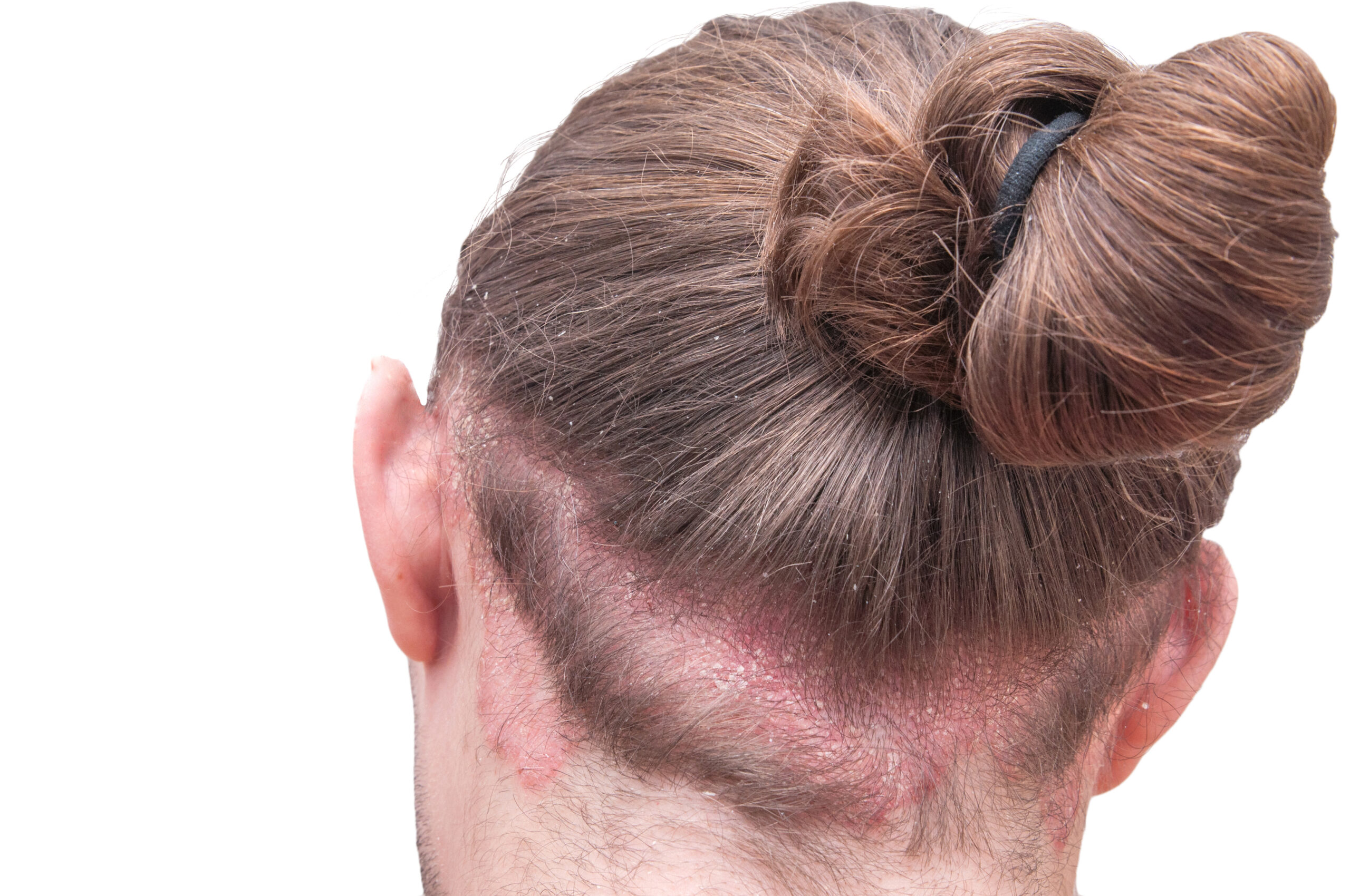 About 40% of people with psoriasis have a close family member with the disease. Many of the genes linked to psoriasis are those that help run your immune system. In addition to your genes, these things can make you more likely to get psoriasis:
About 40% of people with psoriasis have a close family member with the disease. Many of the genes linked to psoriasis are those that help run your immune system. In addition to your genes, these things can make you more likely to get psoriasis:
- Smoking
- Obesity
- Medications
- Infections
- Alcohol
- Vitamin D deficiency
- Stress
There are a few main types of treatments specifically for facial psoriasis. The type you use depends on which part of the face is affected.
Your doctor may prescribe just one or a mixture of them, including treatments that go on your skin such as:
- Low-potency corticosteroids, which are ointments, creams, lotions, and sprays that reduce redness and swelling. Doctors usually prescribe them for just a few weeks at a time. If you use them for longer, they can make your skin thin, shiny, and bruise easily or give it stretch marks and new blood vessels.
- Synthetic vitamin D, such as calcipotriene (Dovonex, Sorilux) ointment, foam, or cream, slows the growth of skin cells.
 But it can also irritate your face. Calcitriol (Rocaltrol, Vectical) is a newer vitamin D drug for psoriasis that some studies suggest may be better for sensitive skin.
But it can also irritate your face. Calcitriol (Rocaltrol, Vectical) is a newer vitamin D drug for psoriasis that some studies suggest may be better for sensitive skin. - Retinoids, such as tazarotene gel (Tazorac), help remove scales and may ease inflammation. But skin irritation is a side effect.
- Tapinarof (Vtama) is a type of nonsteroidal topical cream that you apply once a day on areas of your face affected by plaque psoriasis. It’s FDA-approved for adults, and you can use it in other sensitive areas like skin folds and genitals. One study found that 4 in 10 people saw their psoriasis symptoms completely go away at least once during the study. Common side effects can include red bumps, pain or swelling in your nose or throat, burning, or peeling.
- Roflumilast (Zoryve) is another type of once-daily nonsteroidal topical cream. One study found that it can clear your flare-up in about 6 weeks if you have mild psoriasis.
 Common side effects can include diarrhea, headache, insomnia, nausea, upper respiratory tract infection, and urinary tract infection.
Common side effects can include diarrhea, headache, insomnia, nausea, upper respiratory tract infection, and urinary tract infection. - Pimecrolimus (Elidel) and tacrolimus (Protopic) are two drugs the FDA has approved for eczema, a different skin condition. Some dermatologists recommend these drugs for psoriasis on the face. But talk to your doctor about whether you need these medicines. The FDA says people should use them only for a short time since some studies have linked the drugs to cancer risks.
- Crisaborole (Eucrisa) ointment is another topical medicine recently approved by the FDA for eczema that can reduce inflammation. It can cause temporary burning or stinging when you apply it.
- Coal tar. Derived from coal, this treatment comes in over-the-counter shampoos, creams, and oils.
 Prescription-strength products are also available.
Prescription-strength products are also available. - Lotion, creams, or other moisturizers. They can’t heal psoriasis, but they can make your skin feel better and ease itching, scaling, and dryness.
- Salicylic acid. Also available over the counter and by prescription in shampoos and scalp treatments, this remedy can help get rid of scales. Your doctor might pair it with steroids or coal tar.
If these treatments don’t help, ask your doctor if you should take prescription pills or shots for your condition. These include:
- Apremilast (Otezla)
- Cyclosporine (Neoral)
- Deucravacitinib (Sotyktu)
- Low-dose retinoids
- Methotrexate (Trexall)
- Biologics such as:
- Adalimumab (Humira)
- Adalimumab-atto (Amjevita)
- Brodalumad (Sliq)
- Etanercept (Enbrel)
- Etanercept-szzs (Erelzi)
- Infliximab (Remicade)
- Risankizumab-rzaa (SKYRIZI)
- Secukinumab (Cosentyx)
- Ustekinumab (Stelara)
Each works differently, but they can be helpful for moderate to severe psoriasis.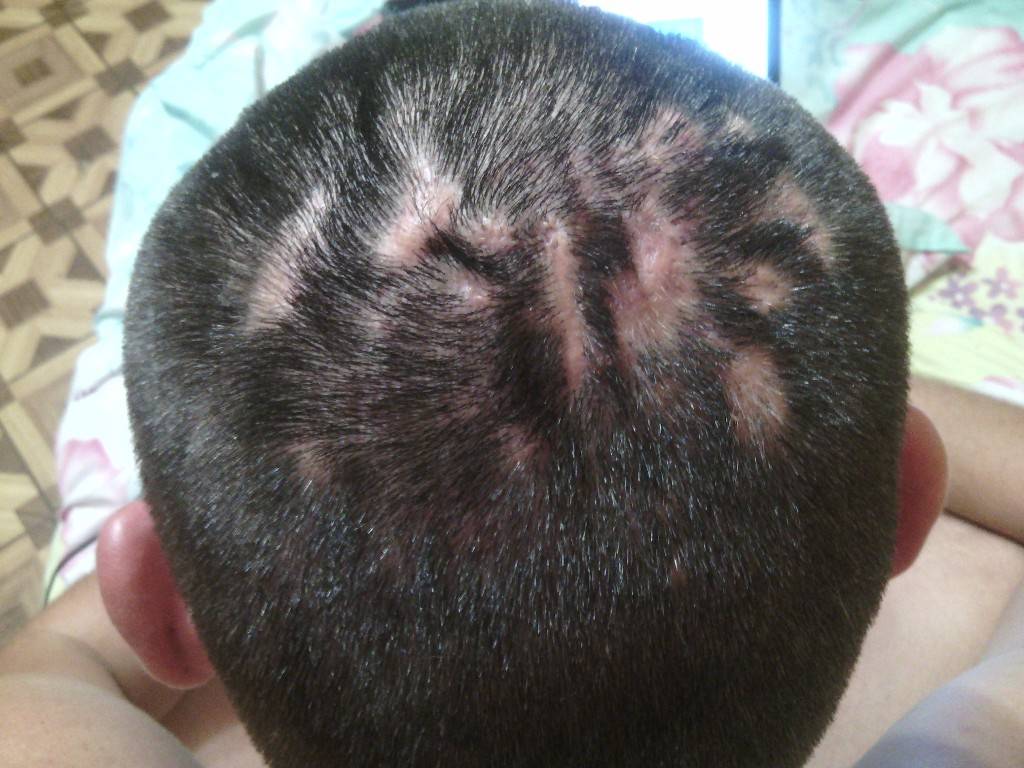
Another option is treatment with ultraviolet (UV) light, called phototherapy, which slows skin cell growth. There are several types:
- Sunlight. You get ultraviolet rays from sunlight or artificial light.
- UVB phototherapy. You get UVB rays from an artificial source.
- Narrow band UVB phototherapy. This is a newer type of UVB treatment.
- Goeckerman therapy. This mixes UVB treatment with coal tar.
- Psoralen plus ultraviolet A (PUVA). Psoralen is a medication that makes your skin more sensitive to light. You take it before UVA therapy.
- Excimer laser. This is a controlled beam of UVB light that treats a small area.
Eyelids
To treat this area, your doctor may recommend:
- Special corticosteroids to treat scaling. But don’t overuse them. If they get into your eyes, they can lead to glaucoma or cataracts.

- The eczema drugs crisaborole (Eucrisa) ointment, pimecrolimus (Elidel), or tacrolimus (Protopic). They don’t cause the side effects of steroids. They can sting the first few days you use them.
Be careful when you treat psoriasis around your eyes. The skin on eyelids is delicate and gets damaged easily. Tell your doctor about any problems you have.
Psoriasis in the eye is very rare. If you have it, your eyes can be painfully dry. You may need antibiotics to treat an eye infection if you get one.
Ears
Psoriasis medications can put your eardrum at risk, so be cautious when you apply any inside the ear. Your doctor may recommend:
- A prescription corticosteroid you can drip in your ear or apply to the outside of your ear canal
- Calcipotriene or tazarotene usually mixed with a corticosteroid cream or ointment
Mouth and Nose
Your doctor may recommend:
- Steroid creams or ointments that are made for moist areas
- Rinsing often with a saline solution to relieve pain
- Low-potency corticosteroids like hydrocortisone 1% ointment
- Pimecrolimus or tacrolimus
Here are a few basic tips:
- Use small amounts.

- Be careful when you apply creams and ointments around the eyes. Some treatments can irritate them.
- Follow your doctor’s instructions for taking the medication so you can prevent side effects, especially with steroids.
- Ask your doctor if you can use makeup to conceal the psoriasis on your face. Some products can prevent treatment from working.
- If your medication doesn’t help or causes too many side effects, work with your doctor to figure out a treatment that will help.
At-home self-care is about the basics – trying not to scratch affected areas, avoiding the things that seem to trigger flare-ups, using cold compresses and moisturizer to soothe affected areas (see below), and keeping up with your treatment.
No supplements or herbal remedies have been proven to treat psoriasis on the face or any other part of the body.
Don’t scratch your psoriasis. Be gentle with your skin. Use a cold compress on your psoriasis. To make a cold compress, dampen a cloth in cold water and squeeze out any extra water so it’s not dripping wet.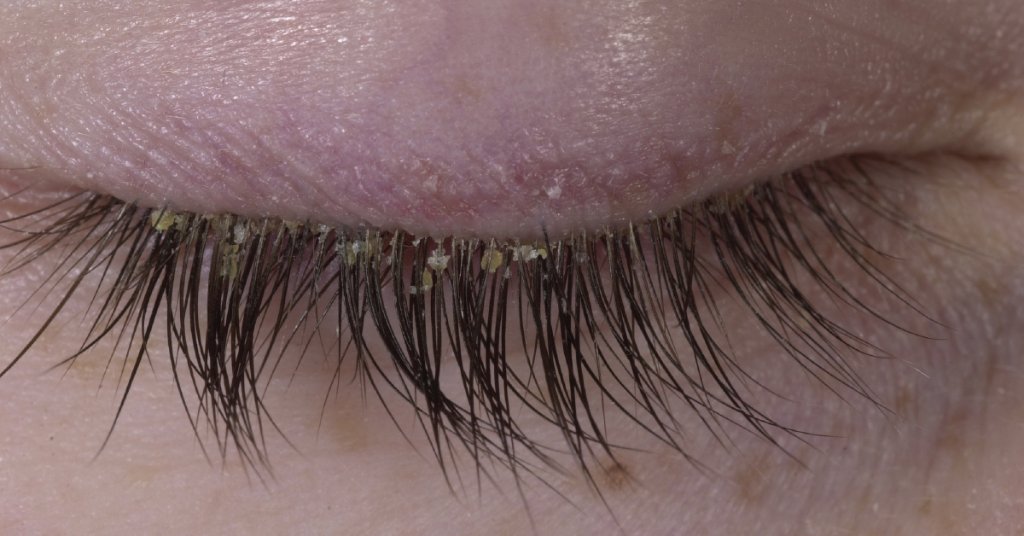 You could also use an ice pack. But don’t put ice directly onto your skin. Moisturizing the area can also help. You may want to pick a fragrance-free moisturizer.
You could also use an ice pack. But don’t put ice directly onto your skin. Moisturizing the area can also help. You may want to pick a fragrance-free moisturizer.
Wear sunscreen every day. You’d want to do this even if you didn’t have psoriasis to help prevent skin cancer and wrinkles. With facial psoriasis, it’s also important to avoid sunburns because they can make your psoriasis worse.
Check on makeup. If you want to hide your psoriasis, you can ask your doctor if you can use makeup to conceal. Don’t assume it’s OK to do, since some products can prevent treatment from working.
Practice stress management. Stress is a possible trigger for psoriasis. There are many healthy ways to handle stress, such as exercise, meditation, making time to relax, and spending time with people you like.
If you’re self-conscious about your facial psoriasis and it’s getting in the way of your life, consider talking to a licensed therapist. They can see if you have depression, and if you do, you can get it treated. Therapy can also help you start to build the confidence to move forward, without feeling like psoriasis is holding you back.
They can see if you have depression, and if you do, you can get it treated. Therapy can also help you start to build the confidence to move forward, without feeling like psoriasis is holding you back.
Top Picks
Psoriasis on the head – causes, symptoms and treatments
Contents:
➦ What is psoriasis or psoriasis?
➦ Causes of psoriasis on the head
➦ Symptoms of psoriasis of the scalp
➦ Stages of psoriasis
➦ Stages of the disease according to the degree of damage
➦ The best remedies for psoria aza in Phytomarket
➦ How to cure psoriasis on the head
➦ Medical therapy
➦ Non-drug treatment
➦ Experimental methods
➦ Treatment of psoriasis in children and adolescents
➦ How to treat scalp psoriasis at home
➦ ➦ Treatment of psoriasis with folk remedies
➦ Which products are better
➦ Frequently asked questions
In the modern world there are many medical and social problems that arise unpredictably and have a specific course, one of them is the disease of civilization – psoriasis.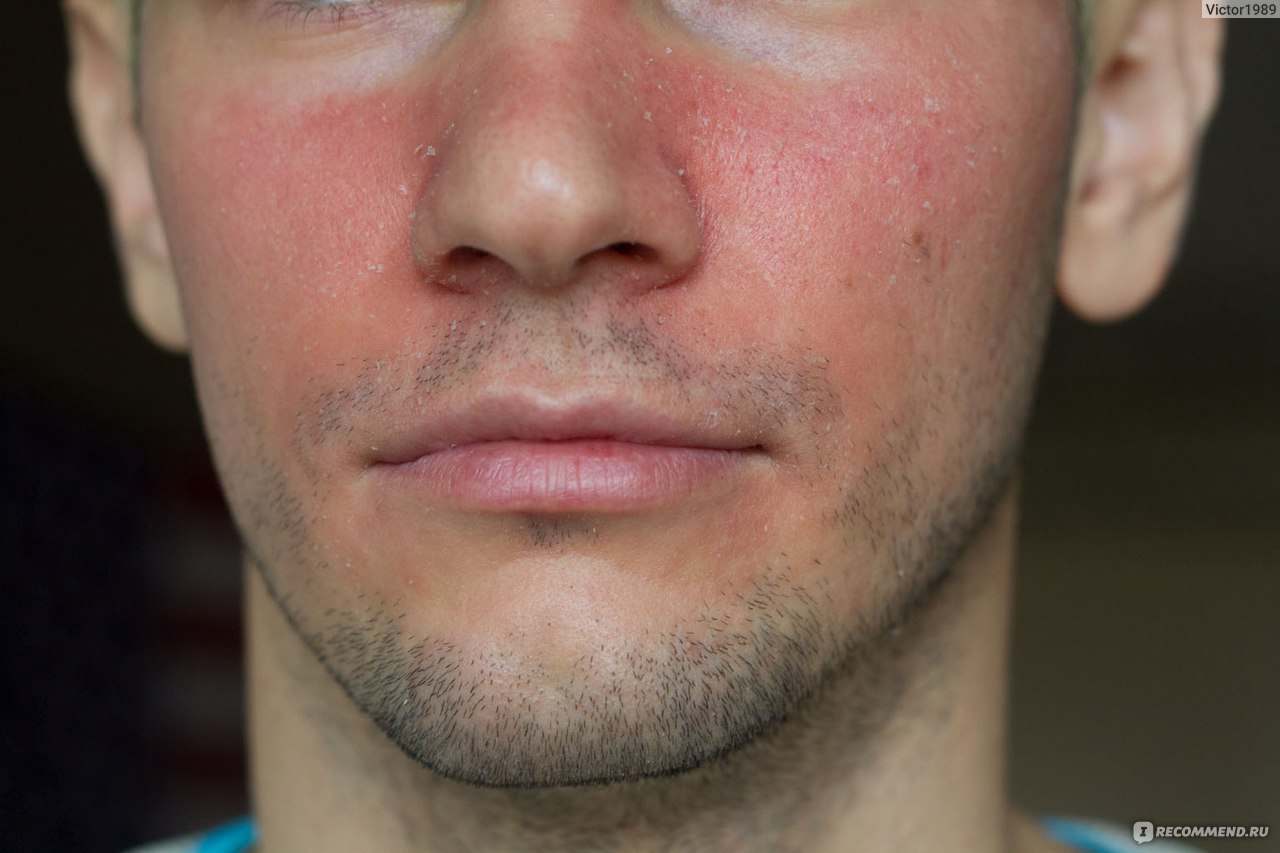 This disease occurs in 1.5 – 2% of the inhabitants of progressive countries, it spreads equally among both men and women, and manifests itself regardless of the age of the patient.
This disease occurs in 1.5 – 2% of the inhabitants of progressive countries, it spreads equally among both men and women, and manifests itself regardless of the age of the patient.
What is psoriasis or psoriasis?
Psoriasis or psoriasis is a genetically determined skin pathology, which is based on a chronic recurrent inflammatory process of the skin (impaired maturation of keratinocytes) caused by the influence of trigger factors. Localization of rashes is extremely multifaceted, the location of psoriasis foci can occur both on the oral mucosa and on the scalp, extensor surfaces of the limbs, nails, or throughout the body.
Since psoriasis is a systemic disease, the damage will also be characteristic of the cardiovascular, nervous, musculoskeletal and other systems. In addition, the manifestation of the disease in 80% of cases in the initial stages is the defeat of the scalp, so in this article we want to pay special attention to the specified localization of psoriasis.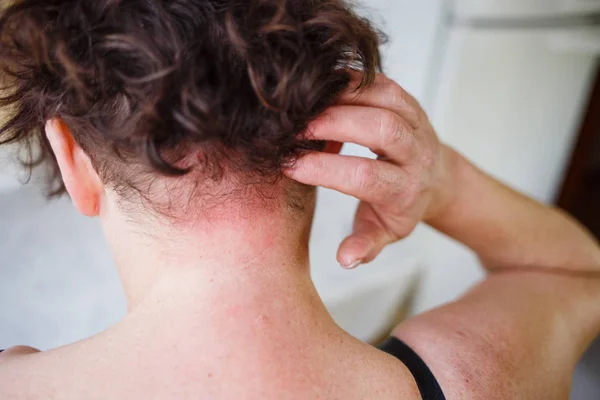
Causes of psoriasis on the head
There are 2 types of appearance of psoriasis: early and late. The early type is genetically determined, heredity plays a significant role here. It is known that the presence of the disease in one of the parents increases the risk of psoriasis in a child by 14%, and with psoriasis in both parents – by 40%.
There are more than 100 factors for the occurrence of scaly lichen, the most common among them:
- genetic
- viral somatics)
- endocrine
- metabolic disorders (lipid, enzyme)
- immune disorders.
Symptoms of scalp psoriasis
A characteristic element for psoriasis is a symmetrical flat elevation above the skin surface with even rounded borders and increased roughness, combined with a large number of easily removed silvery scales. The size of the rashes can vary from 1 mm to 2 cm, and therefore the formations often merge and form plaques of different configurations, which can reach 10 cm or even 20 cm.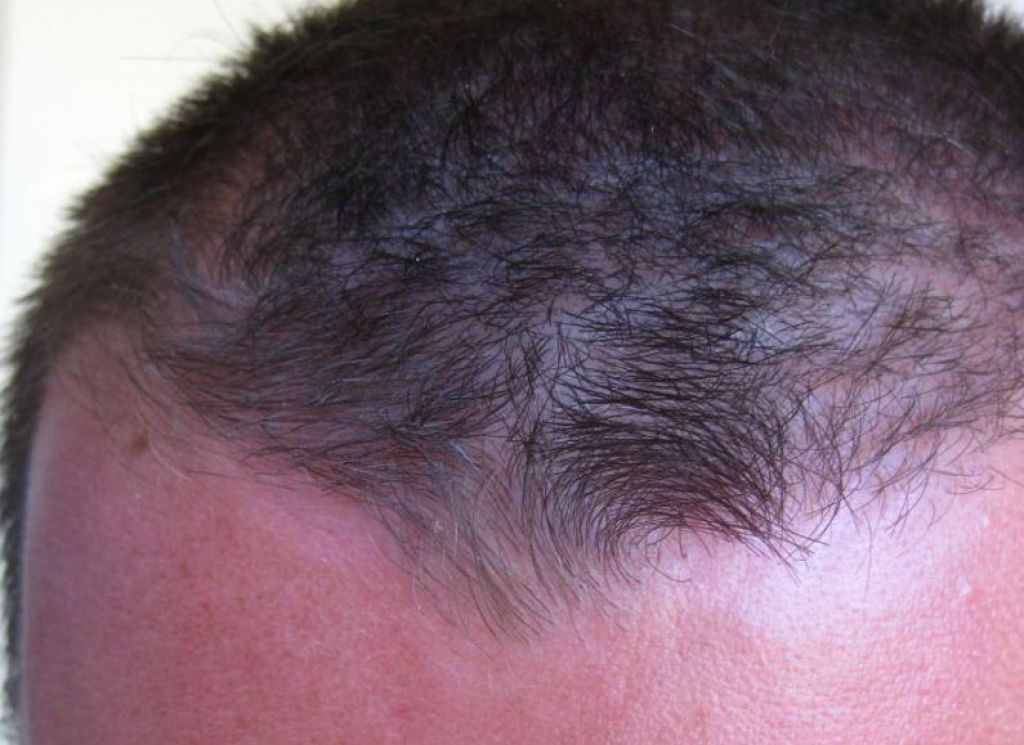
A frequent occurrence in psoriasis is the so-called “psoriatic crown” – the transition of neoplasms to the smooth skin of the neck or temporal region along the hairline. A pronounced symptom that spreads among patients with psoriasis of the scalp is itching.
Psoriasis is determined by three leading symptoms (psoriatic triad): stearin. Stages of psoriasis development
The psoriatic process consists of 3 subsequent stages: stage
It is characterized by the formation of new papules enlarged in diameter. The peeling process does not extend to healthy areas of the skin, while leaving a narrow pink strip along the periphery of the plaques. The main symptom among patients is itching. Also, for the progressive or acute stage of psoriasis, the presence of the Koebner phenomenon is characteristic – the formation of new papules 7 days after skin injury. There is a psoriatic triad of symptoms.
There is a psoriatic triad of symptoms.
Stationary
At this stage, there is no appearance of new elements of the rash, the manifestation of itching decreases or disappears altogether. Diagnosing the psoriatic triad is problematic, and Koebner’s symptom is negative.
Regressive
In the regressive stage, desquamation decreases, plaques disappear, but hypopigmented spots form. Psoriatic symptoms are not detected. It is worth noting that even after the stage of regression, “duty plaques” remain in the area of the scalp, knees and elbows.
Stages of the disease according to the degree of damage
Depending on the area of the lesion, 3 stages of psoriasis are distinguished:
✔ mild – the area of the lesion is less than 3%
✔ medium – the prevalence of papular rashes is from 3 to 10%
✔ severe – the lesions are localized checked for more than 10 % skin.
The best remedies for psoriasis in Phytomarket
How to cure psoriasis on the head
There are a variety of combined methods of drug and non-drug treatment of psoriasis, aimed at minimizing lesions, improving the quality of life of the patient, reducing the incidence of relapses.
Treatment of psoriasis depends on the degree of skin lesions, the form and age of the patient. If there are additional pathologies of organs and systems, they are corrected. Patients are prescribed a diet with a limited intake of salt, fatty and fast carbohydrate-rich foods.
Drug therapy
The following are effective systemic treatments for psoriasis:
☰ sedatives (valerian infusion, tranquilizers),
☰ antihistamines (loratadine, telfast),
☰ diuretics (hypothiazid, torasemide),
☰ vitamins (A, B1, B12, B6, E, C),
☰ hepatoprotectors (hepabene, carsil forte)
☰ pyrogens (pyrogenal),
☰ immunostimulating drugs (taktivine, neuropeptides),
In acute widespread form of psoriasis, as well as in erythroderma, short-acting corticosteroids (triamcinalone) are prescribed.
If the musculoskeletal system (joints) is affected, non-steroidal anti-inflammatory drugs (sodium diclofenac, voltaren, nimesulide) are indicated.
For the treatment of complicated forms of psoriasis, cytostatics (methatrexate, azathioprine) are used.
In severe forms of psoriasis (index greater than 15 units), cytostatics, tranquilizers, aromatic retinoids are added to therapy. In critically complicated episodes of psoriasis of the scalp, glucocorticosteroids are used.
In mild cases of psoriatic disease (PASI index up to 15 units), hyposensitizing drugs, detoxification and antihistamines, as well as hepatoprotectors are used.
The use of topical treatment depends on the stage of lichen squamous:
➦ progressive – 1 – 2% salicylic ointment, corticosteroid creams and ointments
➦ stationary – 5 – 10% naftalan ointment, 3% salicylic ointment, 2 – 5% sulfur tar ointment, rum baths pins
➦ regressive – 3-5% salicylic ointment, 10 – 20% naftalan ointment, 5 – 10% sulfur-tar ointment, psorkutan
Mercury-salicylic ointment, lotion and shampoo zinc. Also an integral part of the treatment of the disease are warm baths once every 2-3 days. In the winter form of psoriasis, therapy is based on the use of ointments in combination with ultraviolet radiation.
Also an integral part of the treatment of the disease are warm baths once every 2-3 days. In the winter form of psoriasis, therapy is based on the use of ointments in combination with ultraviolet radiation.
Non-drug treatment
The treatment of psoriasis is based not only on drugs. The use of phototherapy methods also contributes to a speedy recovery and the onset of remission.
The following types of radiation exposure are distinguished:
- Photochemotherapy (PUVA therapy) is a type of phototherapy in combination with the use of photosensitizers. The mechanism lies in the action of ultraviolet radiation on the surface of the skin to treat complicated forms of psoriatic disease.
- Selective therapy – more effective in the treatment of exudative and simple forms of psoriasis, when there is a small number of rashes. The course of therapy consists of 20-30 sessions, the effectiveness is 80%.
- Narrow band therapy – used in the presence of superficial psoriasis, the rays do not penetrate deep into the skin balls, but have only a superficial effect.
 The procedure is aimed at preventing the processes of malignant degeneration of cells.
The procedure is aimed at preventing the processes of malignant degeneration of cells. - Narrow Spectrum UVB Treatment – This treatment significantly reduces the occurrence of side effects such as redness and burns. The course of the procedure is 20-30 sessions, it is used for lesions of the skin only.
Also, a positive effect comes from spa treatment. Known sources of healing are Lake Kunigunda, the Crimean coast, the Black and Dead Seas.
Experimental methods
Scientists do not stop and continue to search for new effective methods of treating psoriasis, among which are the following.
Plasmapheresis
Gentle intoxication procedure that promotes the purification of blood plasma from pathogenic components and toxins. After one procedure, as a rule, up to 30% of the blood is cleared. This manipulation is used in severe and complicated cases of psoriasis. The course of plasmaphoresis is carried out in 3-6 sessions, with a break for one week.
The mechanism of this procedure is as follows: certain membranes filter the intercellular fluid and return it back to the bloodstream, while the beneficial components are preserved to the maximum and pathogenic toxic substances are destroyed.
Cryotherapy or “cold treatment”
Therapy of the disease is due to the effect of ultra-low degrees on the body. The sharp effect of cold helps to activate the immune system and stimulate metabolism in general. This procedure has both a complex effect on the entire body, and a local one, aimed at the focus of skin lesions.
It is important to note that cryotherapy is not suitable for all patients. Due to the anatomical features of the location of the vessels, some individuals experience spasm, swelling and a sharp expansion of the vessels, as a result of which blood circulation is disturbed. In addition, some patients may be susceptible to allergic reactions such as cold urticaria.
Influence of cryotherapy:
➦ increases the body’s defenses
➦ improves regeneration processes
➦ negative symptoms disappear: itching, burning, flaking
➦ metabolism in the skin improves
➦ remission periods lengthen.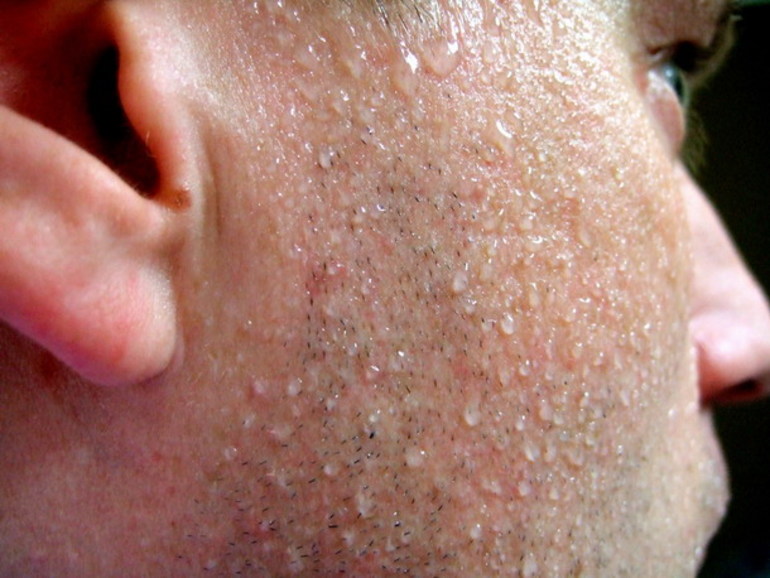
Immunobiologicals
These are protein-based products that have a direct effect on the immune system and prevent comorbidities. In the presence of a psoriatic process, the body is constantly replenished due to an excess amount of TNF-protein. These drugs inhibit the effects of TNF-a, so the symptoms of the inflammatory process in psoriasis are reduced.
Adalimumab (Humira) – a well-known representative of the group of immunobiological drugs, is an artificial antibody (protein) that interacts with tumor necrosis factor (TNF) and inhibits it. An adequate inflammatory as well as immune response is provided by tumor necrosis factor TNF-a, which is a natural cytokine.
Ozone therapy
New effective method of psoriasis treatment. It is known that ozone has detoxification, anti-inflammatory, antiplatelet, immunomodulatory effects. The advantages of ozone therapy are ease of use, fast effectiveness, reliability, and the complete absence of side effects.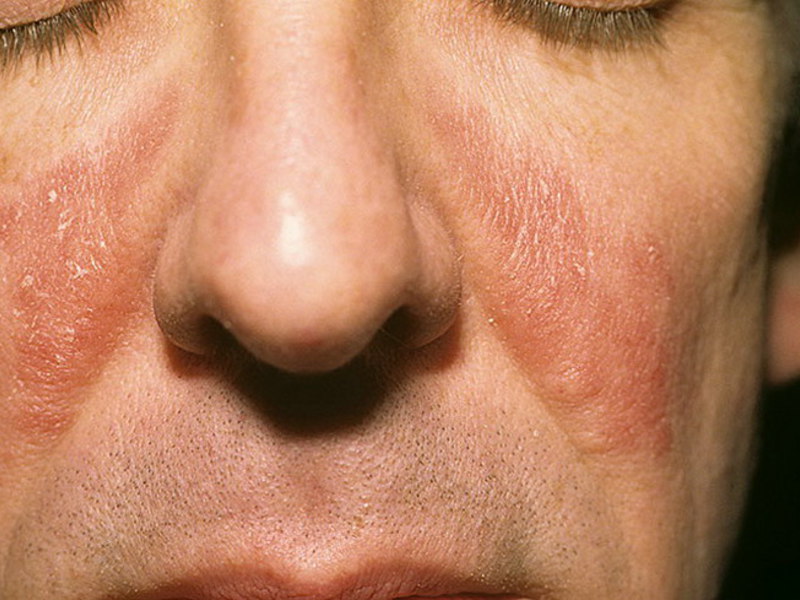
Features of the treatment of psoriasis in children and adolescents
It should be noted that psoriatic disease is less common in children than in adults. The explanation is the low degree of detection of psoriasis, frequent common cases of regression and significant periods of remission up to 12 years.
Peculiarities of the clinical picture of childhood psoriasis are frequent lesions of the skin under the hair. Girls get sick 2 times more often than boys, which is associated with endocrinopathies that occur during adolescence. Children are characterized by a pronounced picture of the pathological process (significant inflammation and varying degrees of itching).
Children under 10 years of age have different symptoms of psoriasis than adults. Localization of rashes occurs in atypical places such as the face, back of the head, genitals or deep sections of the subcutaneous folds. The trigger mechanism for the onset of the disease is often an acute infection (flu, pneumonia), psycho-emotional stress.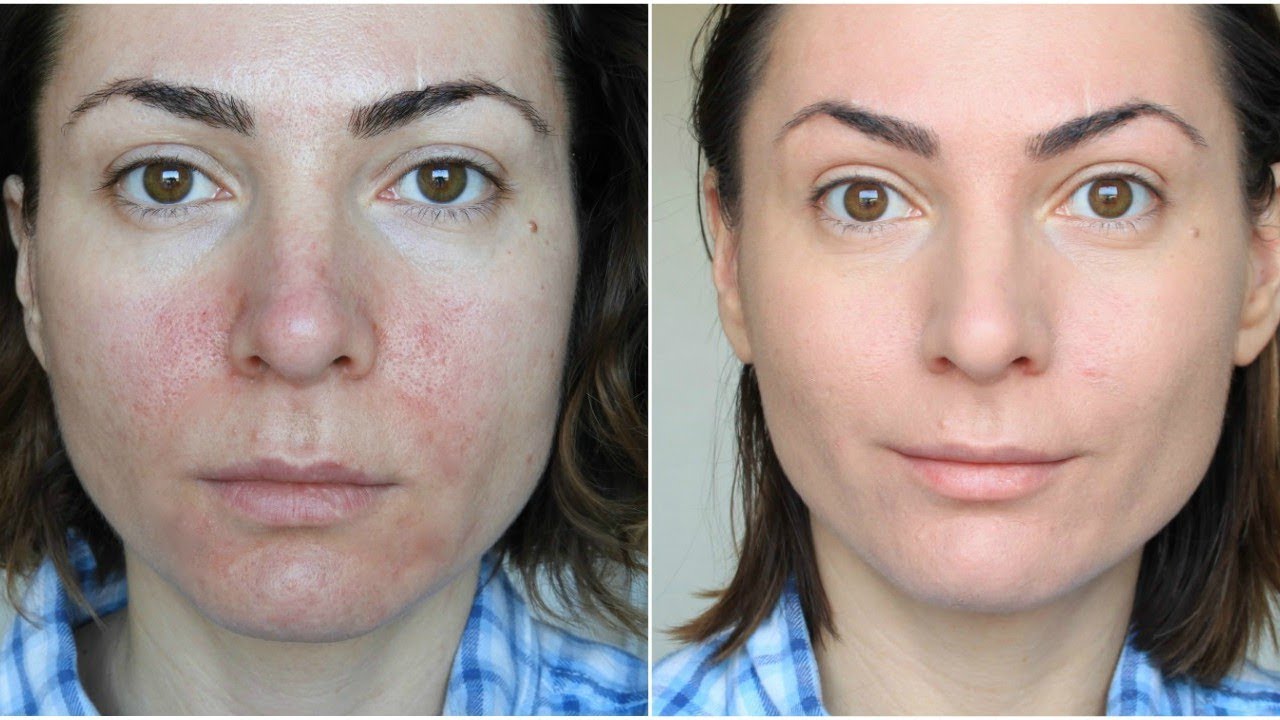
In most children, the first signs of lesions appear on the scalp and are accompanied by redness, flaking of scales. Even in the most severe cases of scalp psoriasis, hair loss is not common.
Therapy of childhood psoriasis is based on the use of medicinal ointments and creams, in severe episodes a combination with other drugs is used. This approach allows you to reduce the negative manifestation of the disease and contributes to a speedy recovery.
How to treat scalp psoriasis at home
In the fight against dry scalp in psoriasis, various base creams, lotions, herbal shampoos, water-based emulsions are used, which not only relieve inflammation of the skin, but also help to alleviate the symptoms of psoriasis.
The most popular home remedies for psoriasis are creams, salicylic ointment and special shampoos.
Creams
Use non-hormonal products based on natural ingredients. The active substances can be varied, the most common of them:
➤ zinc – quickly eliminates dryness and inflammation of the skin, has antiseptic properties, has an antibacterial effect (cream Zinocap, Psorix, Skin-up)
➤ Vitamin D -is used to treat simple forms of psoriatic disease, relieves unpleasant symptoms as peeling and itching, also helps to enhance regeneration (creamy cream)
➤ urea and naphthalane -has a toning and sedative effect on the skin integuments (Naftalan oil, Apsorzeta cream)
➤ herbal extracts – have a disinfecting property, eliminate hypersensitivity and exacerbation of the inflammatory process (Psorilom cream)
➤ floralizin – promotes rapid recovery, relieves the unpleasant manifestations of psoriasis (Zorka cream)
➤ urea and beeswax – suitable for sensitive skin in need of moisture and nutrition, restore the protective barrier (Means Topikrem, Emolium) .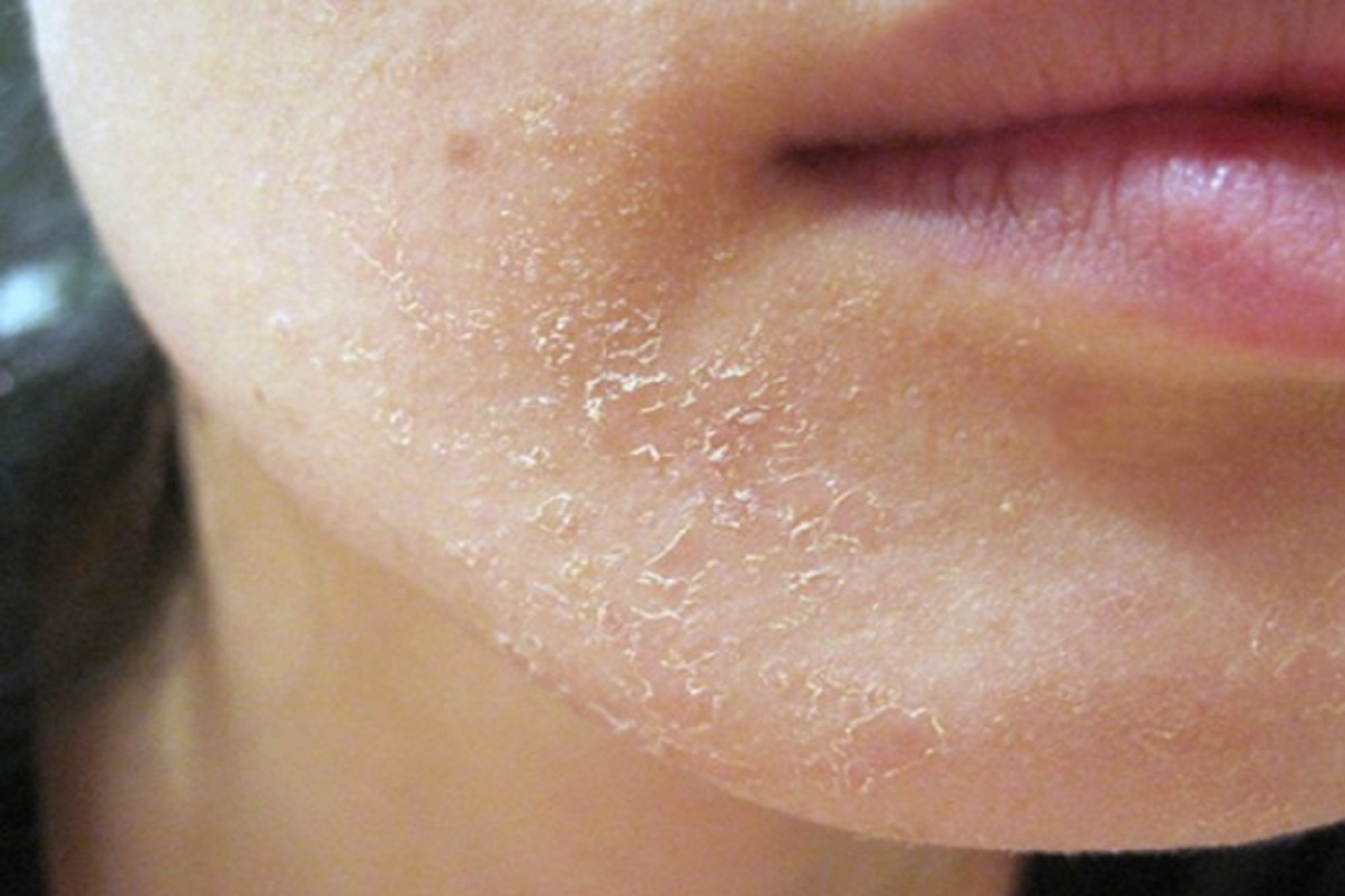
Salicylic ointment for psoriasis
Salicylic acid, derived from willow bark, is the active ingredient in salicylic ointment and has anti-inflammatory and regenerative properties. The advantage of salicylic ointment compared to hormonal drugs is the absence of side effects.
Positive properties of salicylic ointment:
- fights inflammation – removes itching and redness
- antiseptic effect – eliminates pathogenic microorganisms
- keratoplastic effect – prevents the occurrence of purulent foci, promotes the regeneration process i.
- destroys the horny substance – exfoliates the crusts.
Salicylic-zinc ointment is also widely used in the treatment of psoriasis and is no less effective.
Shampoos
There are the following types of shampoos for the treatment of scalp psoriasis:
➤ Based on birch tar (“Tar”). Tar helps to gently cleanse the skin of the stratum corneum, impurities, eliminates itching and burning, and has antifungal properties.
➤ Antifungal (“Terbinakod”, “Astraderm Extra”, “Psorix”, “Horsepower”) – the main active ingredient ketoconazole eliminates the reproduction of a fungal infection and promotes healing of wounds on the skin.
➤ Composed of salicylic acid, ketoconazole, zinc (Psorilam shampoo). This spray shampoo eliminates the inflammatory process, softens the skin and has an antiseptic effect.
➤ Treatment (shampoo “Sulsena”, “Libriderm pH balance”). Normalize the secretion of subcutaneous fat, strengthen hair, relieve inflammation.
It is also important to remember that when washing your hair with psoriasis, you should use only warm water, not hot. It is necessary to minimize the use of a hair dryer, curlers and ironing.
Treatment of psoriasis with folk remedies
Lotions based on celandine, aloe vera, chamomile, apple cider vinegar are perfect for the treatment of psoriasis. A bandage moistened with a solution is applied to the lesions. This procedure reduces inflammation, kills pathogens and improves metabolism in the skin.
This procedure reduces inflammation, kills pathogens and improves metabolism in the skin.
Also no less effective are kefir and mud masks, which are also part of traditional medicine. Such masks additionally moisturize the hair, have an anti-inflammatory effect, improve blood circulation in the scalp.
Which product is better?
For the treatment of scalp psoriasis, it is best to use gentle, fragrance-free products. Regular cleansing and moisturizing is the basis of proper hair and skin care for psoriasis. It is important that the products used help to normalize the balance of nutrients, restore the affected areas of the skin, maintain the pH of the scalp, and moisturize the stratum corneum of the epidermis.
All of these effects and even more are characteristic of products from the Phytomarket online store. Here you can choose not only the most suitable means and methods of quality care for scalp psoriasis, but also get proper advice on the drugs that are right for you.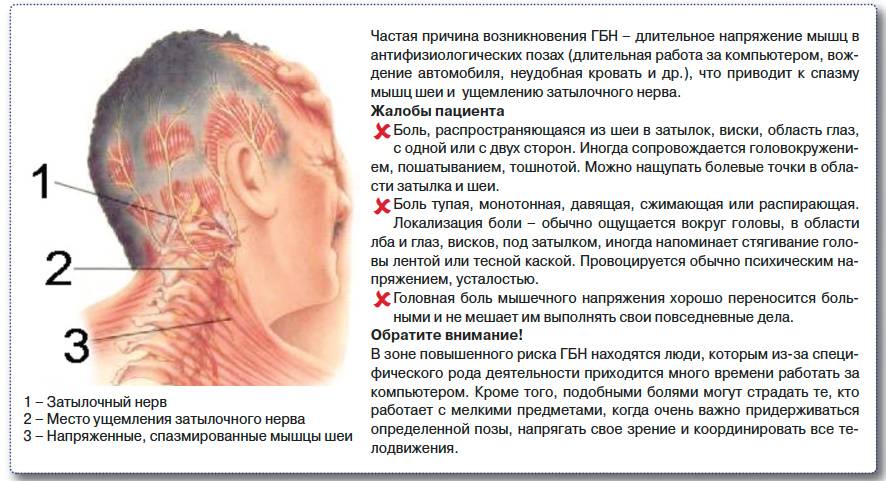
FAQ
Is it possible to cure psoriasis with zinc ointment?
Zinc ointment has an anti-inflammatory, antiseptic, enveloping effect, promotes the formation of a protective layer on the skin surface. If you daily lubricate the affected areas with zinc ointment, then the positive effect will come quickly, but this remedy is not capable of completely curing psoriasis, since the treatment should be complex.
Can psoriasis of the head be cured with hydrogen peroxide?
Hydrogen peroxide, by releasing active oxygen, performs mechanical cleansing and eliminates toxic substances on damaged skin, but, as in the case of zinc ointment, it will not work to cure scalp psoriasis with this component alone.
Is psoriasis contagious?
Psoriasis is not transmitted because it has a non-infectious nature, so avoiding contact and communication with people with this disease is not worth it.
Is scalp psoriasis dangerous?
Left untreated, psoriasis can lead to serious complications and even death. Do not forget that psoriatic lesions can spread to the deep layers of the skin, as well as to other organs and systems of the body (nails, cardiovascular system, musculoskeletal system, etc.).
Do not forget that psoriatic lesions can spread to the deep layers of the skin, as well as to other organs and systems of the body (nails, cardiovascular system, musculoskeletal system, etc.).
How to distinguish psoriasis from dermatitis
It is known that seborrheic dermatitis of the scalp never affects smooth skin and is characterized by the absence of an infiltration process, in contrast to seborrheic psoriasis, which forms a “psoriatic crown”, moving to smooth areas of the skin of the forehead and neck. Also noteworthy is the hereditary factor in the occurrence of psoriasis.
Main sources of information:
1. Mordovtsev V.N., Mushet G.V., Al’banova V.I. Psoriasis. Patogenez, clinic, treatment. Kishinev: Shtiintsa, 1991; 186. [Mordovtsev V.N., Mushet G.V., Albanova V.I. Psoriasis. Pathogenesis, clinic, treatment. Chisinau: Shtiintsa 1991; 186.]
2. Kungurov N.V., Filimonkova N.N., Tuzankina I.A. Psoriaticheskaya bolezn’. Ekaterinburg: Izd-vo Ural’skogo universiteta, 2002; 193. [Kungurov N.V., Filimonkova N.N., Tuzankina I.A. Psoriatic disease. Yekaterinburg: Publishing House of the Ural University 2002; 193.]
[Kungurov N.V., Filimonkova N.N., Tuzankina I.A. Psoriatic disease. Yekaterinburg: Publishing House of the Ural University 2002; 193.]
3. SchönM. P., Boehncke W.H. Psoriasis. N EnglJMed 2005; 352(18): 1899-1912.
4. Dubertret L. Psoriasis: evolution and revolution. Med Science 2006; 22(2): 164-171.
5. Luba K.M., Stulberg D.L. Chronic plaque psoriasis. Am Fam Phys 2006; 73:636-646.
6. Kubanova A.A., Kubanov A.A., Nikolas Dzh. F. i dr. Immunnye mekhanizmy psoriaza. Novyestrategii biologicheskoyterapii Vestnik Dermatologii i Venerolologii 2010; 1:35-47. [Kubanova A.A., Kubanov A.A., Nicholas J.F. et al. Immune mechanisms of psoriasis. New Biological Therapy Strategies Vestn Dermatol Venerol 2010; 1:35-47.]
7. Picardi A., Mazotti E., Gaetano P. et al. Stress, social support, emotional regulation, and exacerbation of diffuse plaque psoriasis. Psychosomatics 2005; 46:556-564.
8. Holm S.J., Sanchers F., Carlen L.M., Mallbris L. Genetics of psoriasis.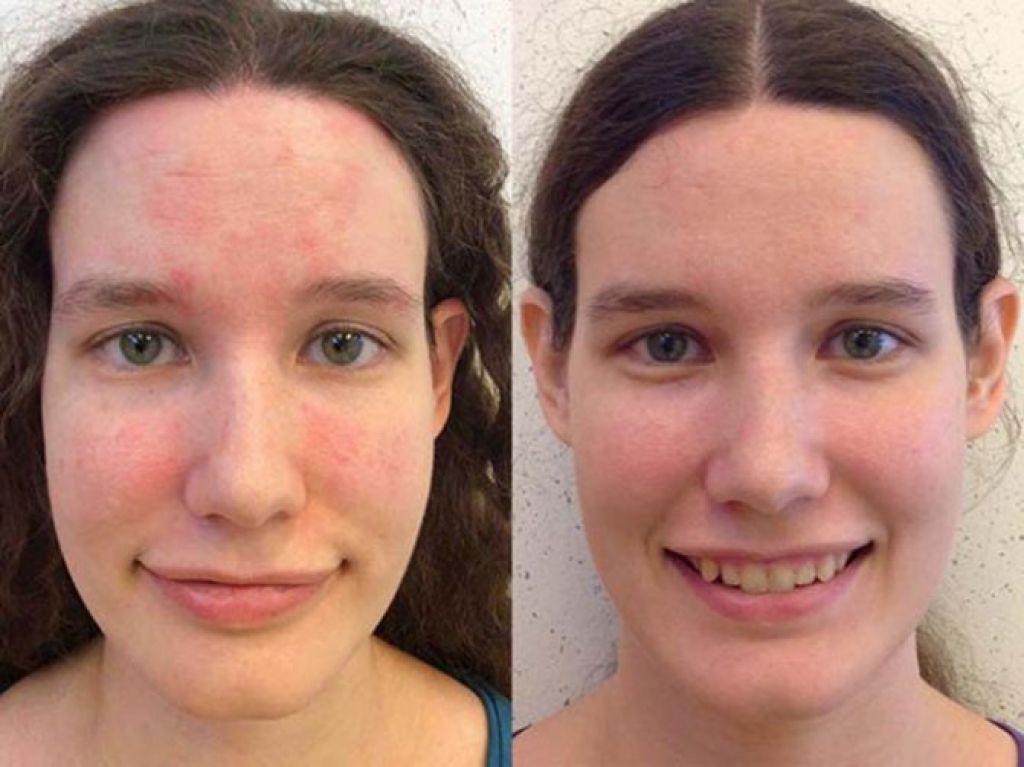 Acta Derm Venereol 2005; 85(1): 2-8.
Acta Derm Venereol 2005; 85(1): 2-8.
9. Veale D.J., Ritchlin C., FitzGerald O. Immunopathology of psoriasis and psoriatic arthritis. Ann Rheum Dis 2005; Suppl. 2: 26-29.
10. Linets Yu.P., Kossinskiy V.P. Rol’ psikhosomaticheskogo podkhoda v preventivnoy meditsine i kachestvo zhizni. Issledovanie kachestva zhizni v meditsine. Mat-ly science. conf. SPb: 2000; 82-84. [Linets Yu.P., Kossinsky V.P. The role of the psychosomatic approach in preventive medicine and quality of life. Study of the quality of life in medicine. Materials scientific. conf. St. Petersburg: 2000; 82-84.]
Erythritol: the best sweetener or newfangled trend?
Cortisol Belly: Causes and Treatments
How to get rid of scalp psoriasis: effective treatment at home
Contents
- 1 Effective treatments for scalp psoriasis: proven home remedies and medications
- 1.1 What is psoriasis?
- 1.
 2 Why does psoriasis appear on the head?
2 Why does psoriasis appear on the head? - 1.3 Psoriasis on the head: symptoms and signs
- 1.4 Diagnosis of psoriasis on the head
- 1.5 How to get rid of psoriasis on the head: general tips
- 1.5.1 Healthy lifestyle
- 1.5. 2 Stress and psoriasis
- 1.5.3 Skin care
- 1.5.4 Doctor’s consultation
- 1.6 Nutrition for psoriasis on the head
- 1.7 Popular folk recipes for psoriasis on the head
- 1.8 Topical masks and mixtures for scalp psoriasis
- 1.9 Shampoos for scalp psoriasis
- 1.10 Medicines for scalp psoriasis
- 1.11 When to see a doctor for scalp psoriasis 90 054
- 1.12 Related videos:
- 1.13 Q&A:
- 1.13.0.1 What are the symptoms associated with scalp psoriasis?
- 1.13.0.2 Are there any little tricks for treating scalp psoriasis at home?
- 1.13.0.3 How can infection worsen scalp psoriasis?
- 1.13.0.4 What treatment methods are recommended for getting rid of psoriasis on the head?
- 1.
 13.0.5 Which diet can help with scalp psoriasis?
13.0.5 Which diet can help with scalp psoriasis? - 1.13.0.6 Can exercise help with scalp psoriasis?
Find out which treatments help get rid of scalp psoriasis. Familiarize yourself with the means and preparations for complex therapy and learn about their effectiveness and contraindications.
Psoriasis is a chronic skin disease that often manifests itself on the head. It causes red, itchy patches on the skin that can be very uncomfortable and uncomfortable. While psoriasis is not contagious or life-threatening, it can greatly affect quality of life and mood.
Fortunately, there are many ways to help manage psoriasis on the head. These methods include medications, nutrition, skin care, specialized treatments, and many other methods. In this article, we will look at some of these methods and tell you how they can help you get rid of scalp psoriasis.
It is important to understand that there is no cure for psoriasis, but its symptoms can be very successfully alleviated and reduced. Keep reading to find out everything you need to know about scalp psoriasis treatment and the steps you can take to reduce it and live a more comfortable life.
Keep reading to find out everything you need to know about scalp psoriasis treatment and the steps you can take to reduce it and live a more comfortable life.
What is psoriasis?
Psoriasis is a chronic skin disease characterized by red, dry, scaly patches on the skin. Especially often psoriasis affects the skin on the head, which leads to the appearance of a “hat” of scales.
Psoriasis is an autoimmune disease, that is, the immune system begins to attack healthy skin cells and causes them to regenerate. On the scalp, psoriasis can lead to itching, bleeding, and hair breakage.
Psoriasis is not contagious and is not transmitted from person to person, but its occurrence is associated with genetic predisposition and environmental factors such as stress, skin trauma, infections and certain medications.
- Psoriasis on the head can be not only physically painful, but also emotionally difficult, since visual manifestations of the disease can lead to shame and low self-esteem.

- Treatment of scalp psoriasis should be comprehensive and individually tailored to each patient.
Why does psoriasis appear on the head?
Psoriasis on the head is a chronic inflammatory skin disease that manifests itself in the form of red plates with silvery sagging skin. The exact causes of psoriasis on the head are unknown.
There is a hypothesis that psoriasis on the head sometimes occurs due to genetic causes, when the tendency to this disease is inherited.
The appearance of psoriasis on the head can cause stress, psychological stress, any trauma to the head, sunburn, skin diseases, impaired immune system and some medications.
- Stress;
- Psychological stress;
- Head injuries;
- Sunburn;
- Skin diseases;
- Immune system disorder;
- Some medicines.
At the same time, one should not forget that all people are different and may perceive the factors of the appearance of psoriasis on the head in different ways. Therefore, it is important to lead a healthy lifestyle, avoid stressful situations, take care of the scalp and seek medical help if necessary.
Therefore, it is important to lead a healthy lifestyle, avoid stressful situations, take care of the scalp and seek medical help if necessary.
Scalp psoriasis: symptoms and signs
Scalp psoriasis is a chronic, non-infectious skin disease that can cause significant discomfort and lead to social isolation of the patient. The main symptom of psoriasis on the head is the formation of lesions on the skin, which are in the form of papules and plates covered with silvery-white scales.
One of the signs of psoriasis on the head is also a high sensitivity of the skin: the disease can cause constant irritation and discomfort. In some cases, the affected skin may bleed and/or become infected.
- Papules and plates covered with silvery white scales;
- Areas of skin that itch and/or scaly;
- High skin sensitivity;
- Irritation and discomfort;
- Bleeding and/or infected skin.
Diagnosis of head psoriasis
Head psoriasis can present with various symptoms and only an experienced dermatologist can make a correct diagnosis.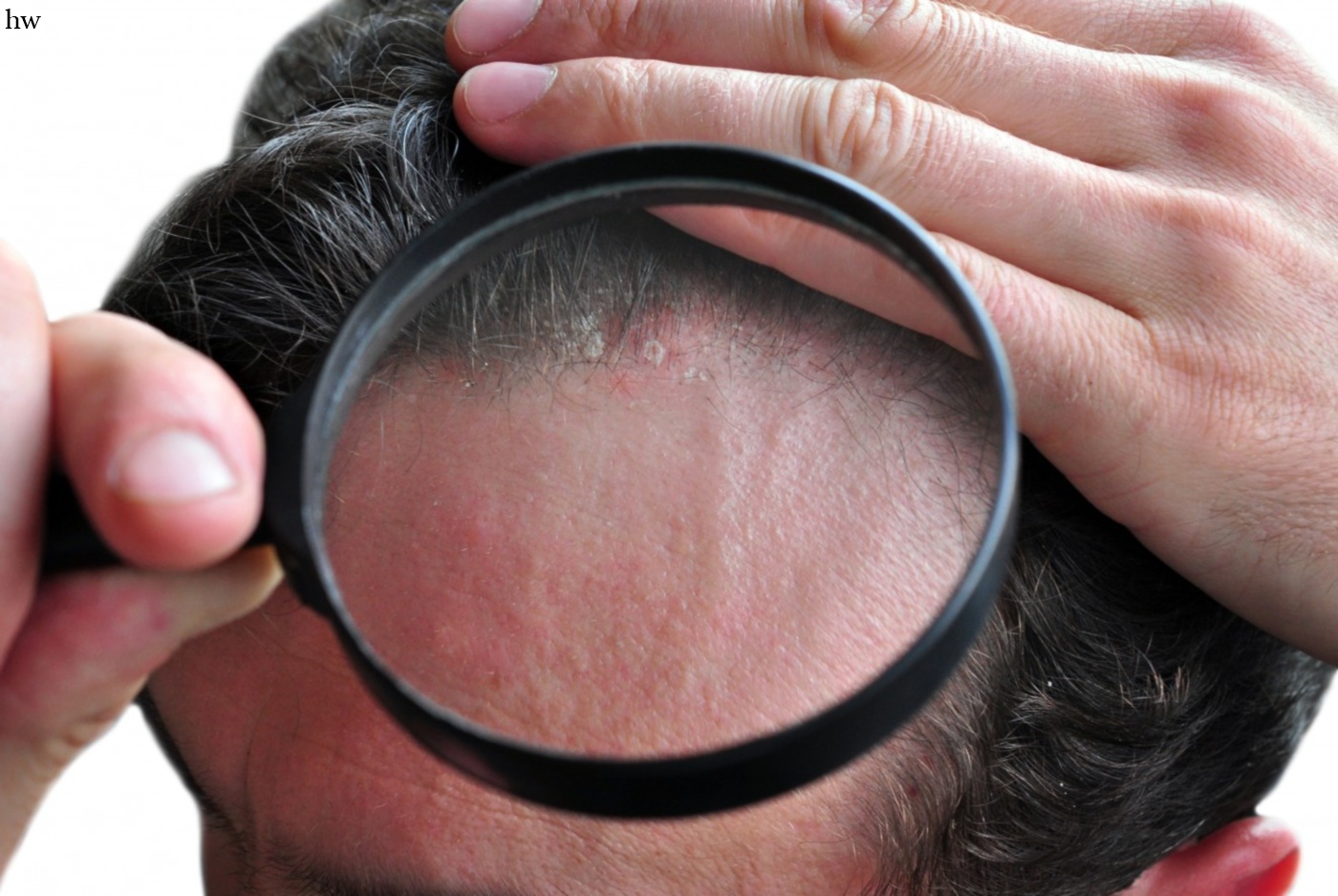 Usually, psoriasis on the head appears as red patches that are covered with silvery-white scales.
Usually, psoriasis on the head appears as red patches that are covered with silvery-white scales.
Other symptoms associated with scalp psoriasis include itching, hair loss and sometimes soreness. These symptoms can manifest in varying degrees and affect a person’s quality of life.
For the diagnosis of psoriasis on the head, it is necessary to visit a dermatologist. The dermatologist will usually examine the skin and ask a series of questions about the patient’s symptoms and medical history. Rarely, blood or skin tissue testing may be required.
Proper diagnosis of scalp psoriasis is important to determine effective treatment and prevent sequelae such as infections and hair loss. If you have a suspicion of psoriasis on the head, be sure to consult a dermatologist.
How to get rid of psoriasis on the head: general tips
Healthy lifestyle
One of the main tips in the fight against psoriasis is to maintain a healthy lifestyle. This means a balanced diet, moderate exercise and a complete cessation of smoking and alcohol.
Stress and psoriasis
Psoriasis often occurs with stress, so it is important to control your stress levels. Good ways to relax include yoga, meditation, and deep breathing.
Skin care
To combat psoriasis, proper attention must be paid to the care of the scalp. It is not recommended to use regular shampoo, instead choose shampoos containing koala tar and salicylic acid. It is also useful to use masks based on natural oils.
Medical consultation
Remember to consult a specialist in case of scalp psoriasis. Consult a dermatologist so that he prescribes the correct treatment depending on the degree of development of the disease. Together with professional treatment, following all the above tips will make the process of getting rid of psoriasis less time consuming and speed up the healing process.
Nutrition for scalp psoriasis
With scalp psoriasis, many people face the problem of malnutrition, which in turn can aggravate the situation and exacerbate the disease.
Avoid food allergens . Allergens can cause an increase in the inflammatory process and, as a result, worsening of the skin condition. Limit or completely eliminate foods to which you have an allergic reaction from your diet.
Increase your intake of fruits and vegetables . Fruits and vegetables are high in vitamins, minerals, and antioxidants that help the body fight inflammation and boost the immune system.
Reduce your intake of animal fats . Animal fats (butter, cream, meat, dairy products) are high in saturated fats, which can increase the body’s inflammatory response. Replace animal fats with vegetable ones.
Eat more healthy proteins . Healthy proteins are found in fish, nuts, legumes, and eggs. They not only protect the skin from inflammation, but also provide the body with essential amino acids for skin health.
Although proper nutrition is not a cure for scalp psoriasis, proper nutrition can reduce inflammation and strengthen the body, leading to overall improvement in skin condition.
Popular folk recipes for psoriasis on the head
Psoriasis is a chronic skin disease that can appear on the head. This condition causes itching, flaking and often causes social embarrassment. While having psoriasis on the scalp can be a difficult challenge to treat, some of the home remedies can help relieve the symptoms.
- Dill oil: Heat 1/4 cup dried dill and 2/3 cup olive oil over low heat in a skillet. Let cool and strain. Apply the resulting oil to a clean scalp before going to bed. You can leave it on all night and wash it off in the morning.
- Zinc Paste: Zinc is an effective ingredient in the treatment of scalp psoriasis. Buy zinc paste from a pharmacy and apply it on the affected areas of the scalp. Leave overnight and wash off in the morning.
- Garlic oil: Grate two heads of garlic and let stand in one cup of olive oil for 24 hours. Sift and heat up the oil. Apply the resulting oil to the scalp and massage for 5-10 minutes before going to bed.
 Leave the oil on all night and wash off in the morning.
Leave the oil on all night and wash off in the morning.
Remember that these folk remedies can help relieve the symptoms of scalp psoriasis, but they are not a cure and do not replace medical advice and treatment recommendations. If you have skin problems or desire to use folk remedies, you should seek medical advice before starting treatment.
Masks and mixtures for external use in psoriasis on the head
Masks and mixtures based on medicinal herbs and plants help with psoriasis on the head. They help soften the skin and reduce itching and inflammation.
- Turmeric mask. Mix turmeric with tea tree oil and apply to scalp. Leave on for 20-30 minutes and rinse with water.
- Blend of lavender and jojoba oil. Mix a few drops of lavender oil with jojoba oil and apply to the scalp. Leave on for a few hours or overnight.
- Aloe vera and honey mask. Mix aloe vera gel with honey and apply on the scalp. Leave for several hours and wash off with water.

In addition, you can use special medical shampoos for psoriasis on the head, which contain salicylic acid and tar. They help reduce itching and inflammation and improve the condition of the scalp.
Shampoos in the treatment of scalp psoriasis
Shampoos are an important component in the treatment of scalp psoriasis. A good shampoo should contain active ingredients that can help fight the symptoms of psoriasis. These may include salicylic acid, selenium sulfide, ketoconazole, or tar.
Salicylic acid, found in some shampoos, can help reduce itching and inflammation on the scalp. Selenium sulfide is another active ingredient that can help reduce skin breakdown and skin cell turnover. Ketoconazole is an excellent choice for those who suffer from scalp psoriasis and seborrheic dermatitis at the same time, as it is effective against both problems. A tar-based shampoo also works well, as it can help reduce inflammation and itching on the scalp.
Finding the right shampoo for scalp psoriasis can be difficult, but if you find one with a balanced formula, you will see a significant improvement in the condition of your skin.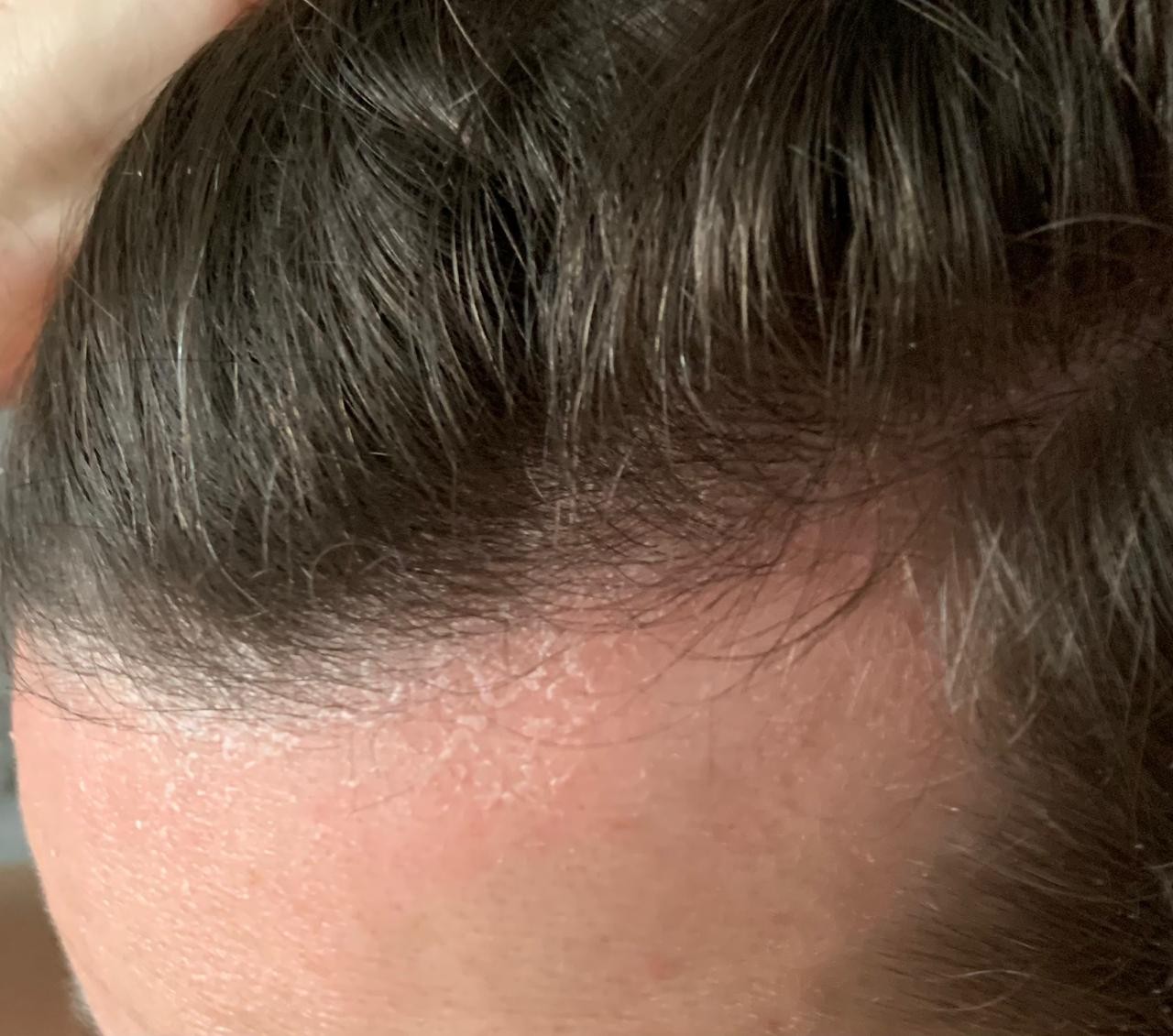 It is important to remember that each organism is unique and may require individual treatment choices. Be sure to check with your doctor before starting treatment, including shampoos.
It is important to remember that each organism is unique and may require individual treatment choices. Be sure to check with your doctor before starting treatment, including shampoos.
- Salicylic acid – reduces itching and inflammation on the scalp;
- Selenium sulfide – helps to reduce skin breakdown and skin cell turnover;
- Ketoconazole – effective against psoriasis and seborrheic dermatitis;
- Tar – helps reduce inflammation and itching on the scalp.
Medicines for scalp psoriasis
Head psoriasis is a disease that can lead to a deterioration in the patient’s quality of life. For its treatment, various types of drugs are used.
Hormonal ointments
Hormonal ointments are one of the most effective treatments for scalp psoriasis. They contain hormones that help reduce inflammation and itching on the skin. However, their appointment should be strictly individual and reception is available only by prescription.
Salicylic acid
Salicylic acid is used to remove scales and dead skin cells. It speeds up the process of skin renewal, which can improve scalp psoriasis. However, preparations that contain salicylic acid can cause dryness and irritation of the skin.
Vitamin preparations
Vitamin preparations can improve the functioning of the body and increase immune resistance. They help to enhance the process of skin renewal and promote the rapid healing of psoriasis. However, before taking vitamins, you should consult your doctor and find out which of them can be taken in this situation.
Examples of drugs for psoriasis on the head Drug name Action Form of release
| Diprosalic | Elimination of inflammation and itching | Ointment |
| Salicylic acid | Removal of scales and dead skin cells | |
| Vitamin D3 | Skin renewal booster | Capsules, tablets |
When to see a doctor for psoriasis on the head
Psoriasis on the head is a chronic disease that requires competent treatment and medical supervision.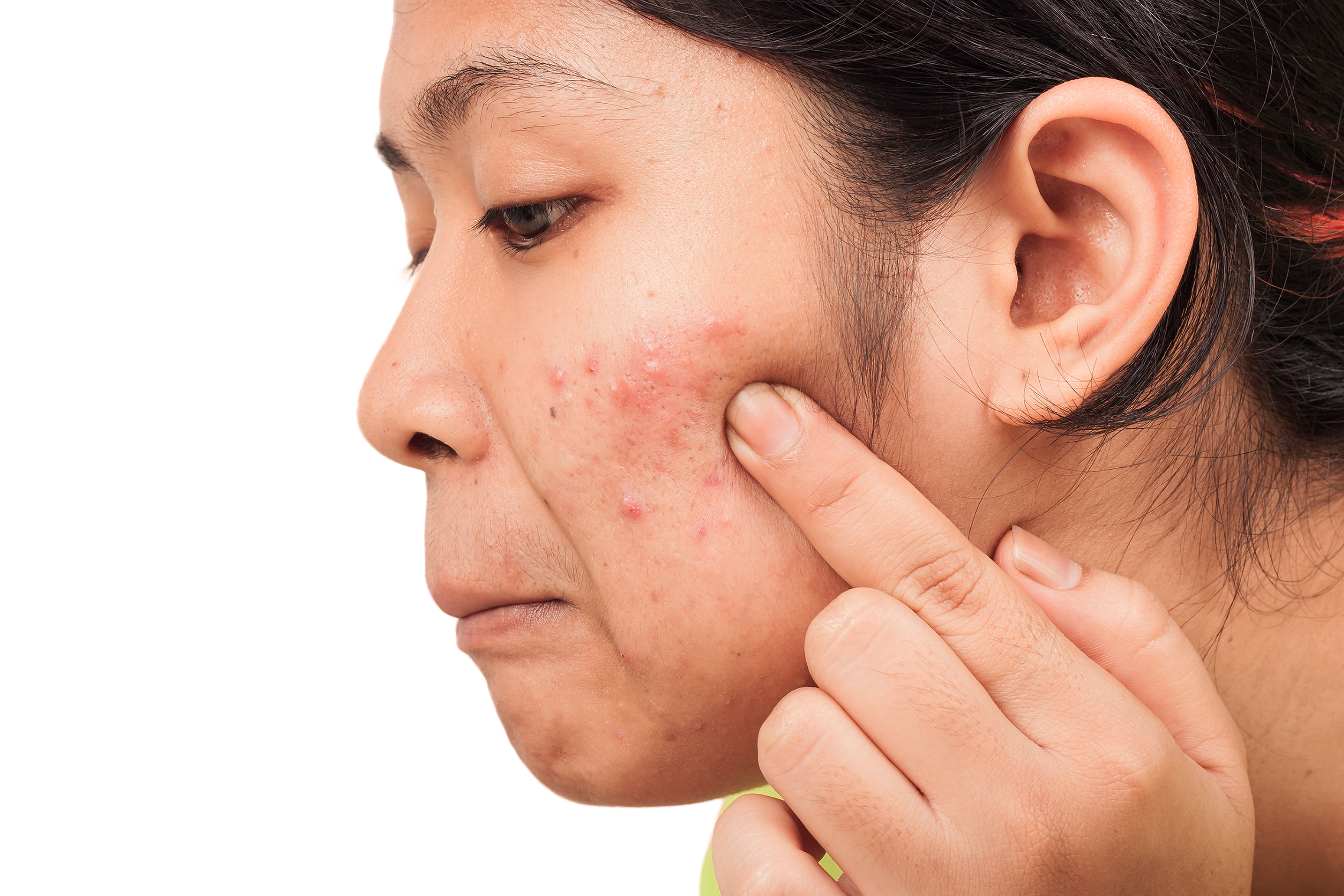 In some cases, consultation with a dermatologist is necessary.
In some cases, consultation with a dermatologist is necessary.
If you notice severe itching, redness and swelling of the scalp, as well as the formation of scales or pimples, you should consult a doctor.
It is also necessary to see a doctor if the symptoms of psoriasis begin to progress rapidly and the volume of the affected area has noticeably increased.
The doctor can prescribe a personalized course of treatment, as well as recommend additional procedures and features of care, taking into account the individual characteristics of the patient.
Related videos:
Q&A:
What are the symptoms associated with scalp psoriasis?
Symptoms of psoriasis on the scalp may include itching, burning sensation and hair breakage. The cause may be baldness and the presence of red spots, which can sometimes be covered with whitish scales.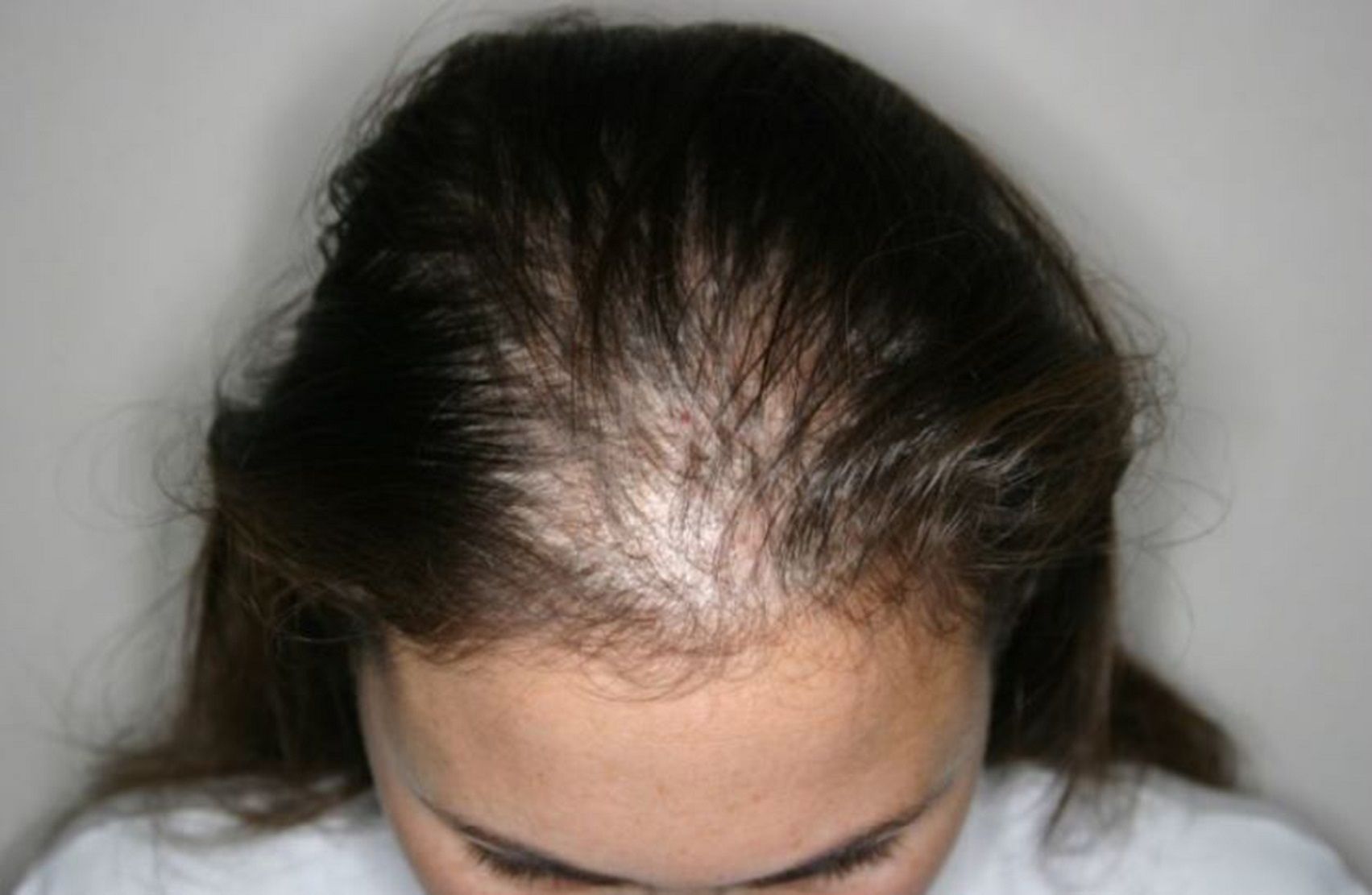
Are there any little tricks for treating scalp psoriasis at home?
Some of the popular tricks, such as regular scalp hygiene; frequent washing of hair; do not use too hot water when washing your hair; Using moisturizing shampoos that do not dry out the skin can easily control psoriasis at home.
How can infection worsen scalp psoriasis?
Infection may worsen psoriasis on the scalp, making treatment less effective. Infectious complications include the presence of microbes and fungi on the skin, which can lead to infection of wounds and complication of the course of the disease.
What treatment methods are recommended for getting rid of psoriasis on the head?
To combat psoriasis on the head, the use of topical preparations – ointments, creams and shampoos – is recommended. In addition, head hygiene, proper nutrition and a moderate lifestyle are important methods.
What kind of diet can help with scalp psoriasis?
Eating natural foods rich in vitamins and minerals can help fight psoriasis.


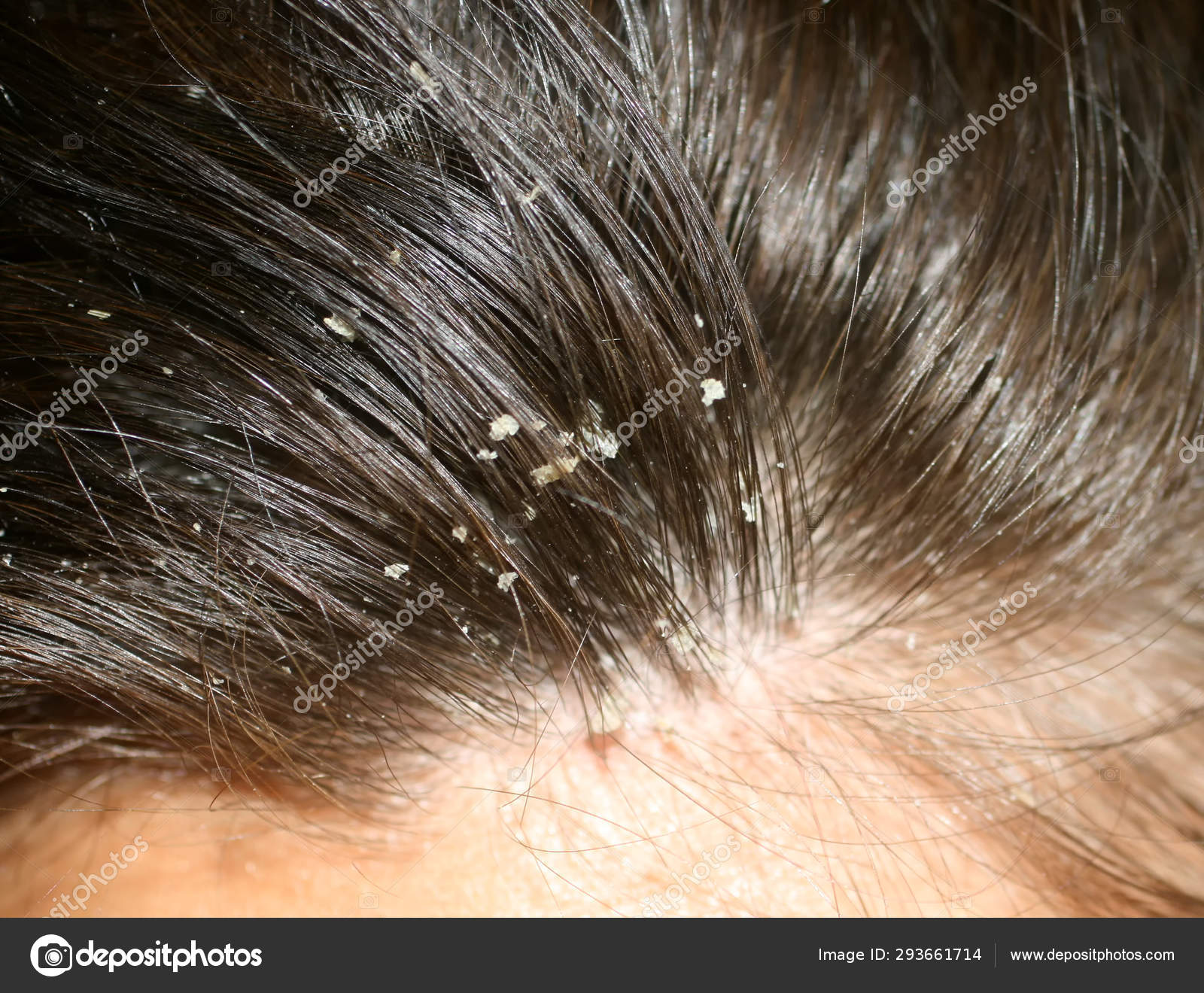
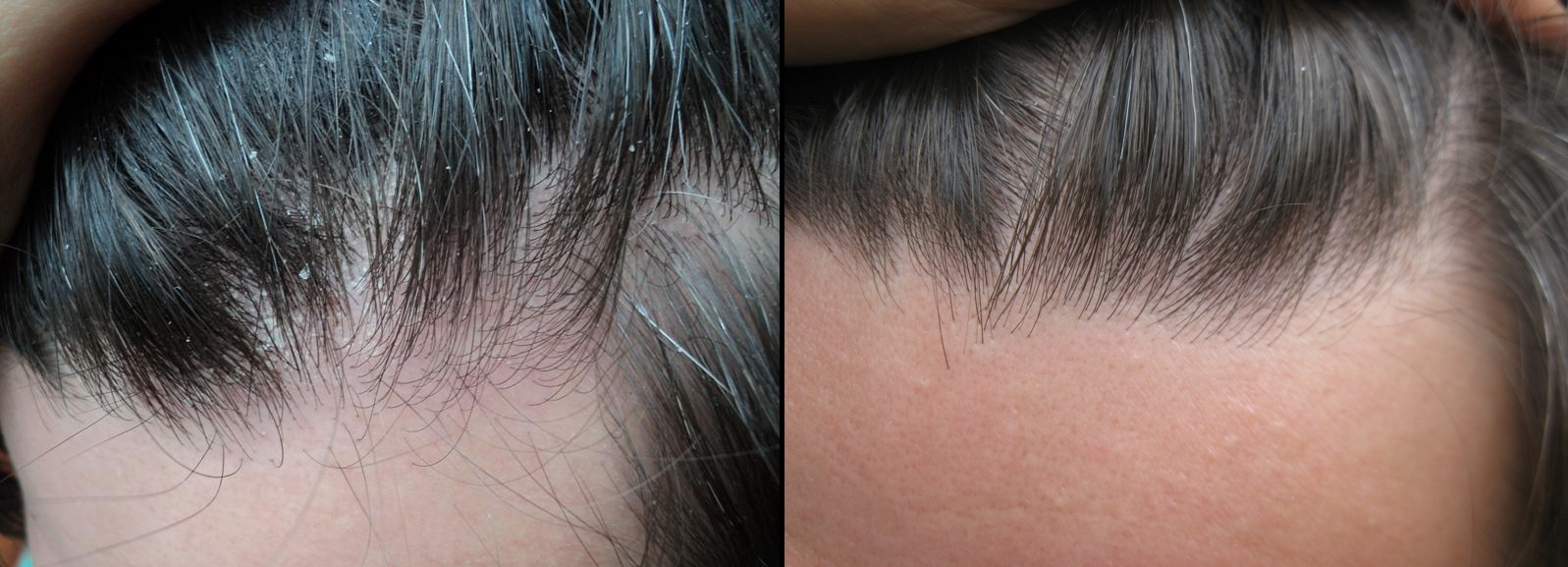 Some dermatologists recommend these drugs for psoriasis on the face. But talk to your doctor about whether you need these medicines. The FDA says people should use them only for a short time since some studies have linked the drugs to cancer risks.
Some dermatologists recommend these drugs for psoriasis on the face. But talk to your doctor about whether you need these medicines. The FDA says people should use them only for a short time since some studies have linked the drugs to cancer risks. Your doctor might pair it with steroids or coal tar.
Your doctor might pair it with steroids or coal tar. You get UVB rays from an artificial source.
You get UVB rays from an artificial source.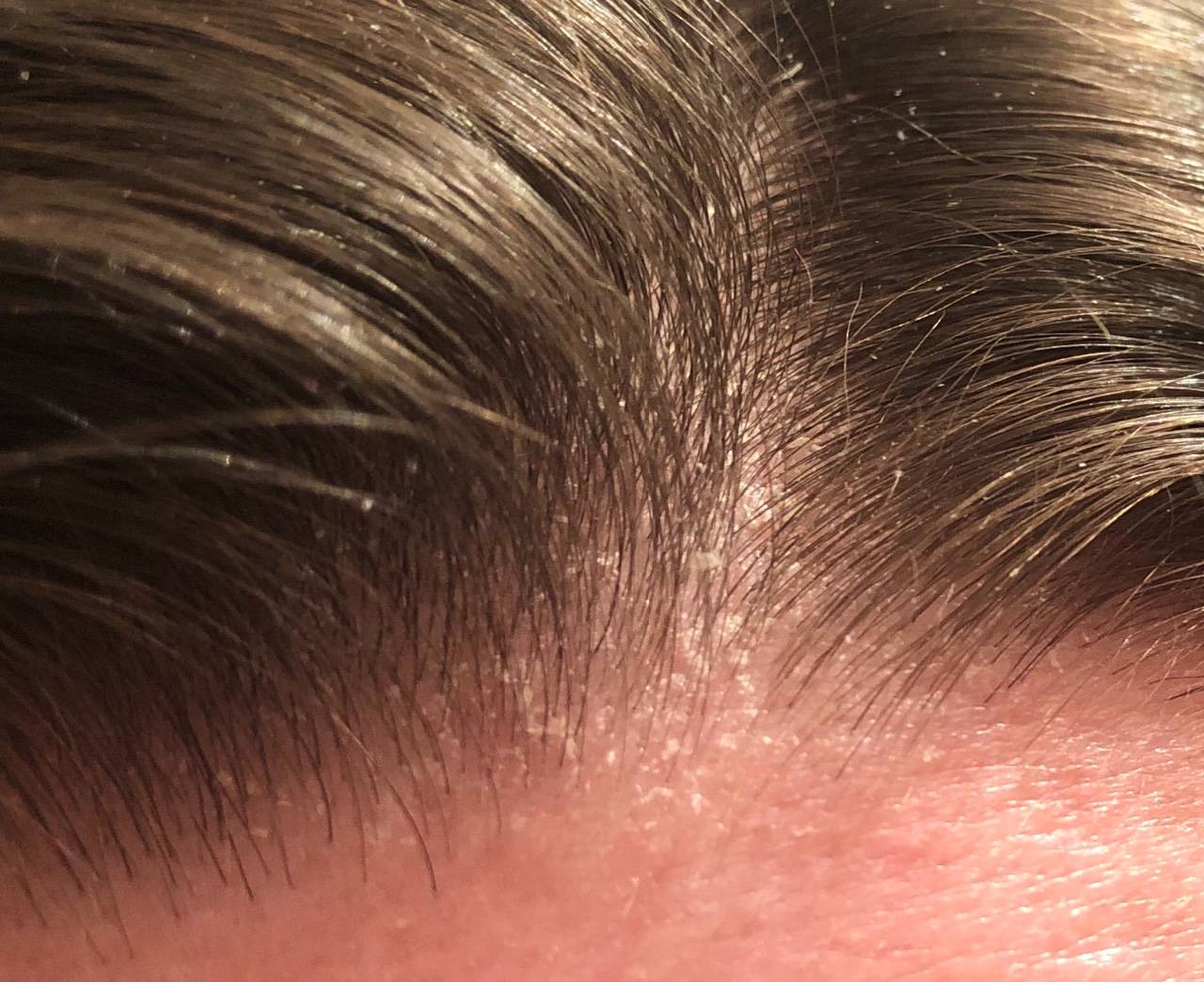 Some treatments can irritate them.
Some treatments can irritate them. But it can also irritate your face. Calcitriol (Rocaltrol, Vectical) is a newer vitamin D drug for psoriasis that some studies suggest may be better for sensitive skin.
But it can also irritate your face. Calcitriol (Rocaltrol, Vectical) is a newer vitamin D drug for psoriasis that some studies suggest may be better for sensitive skin.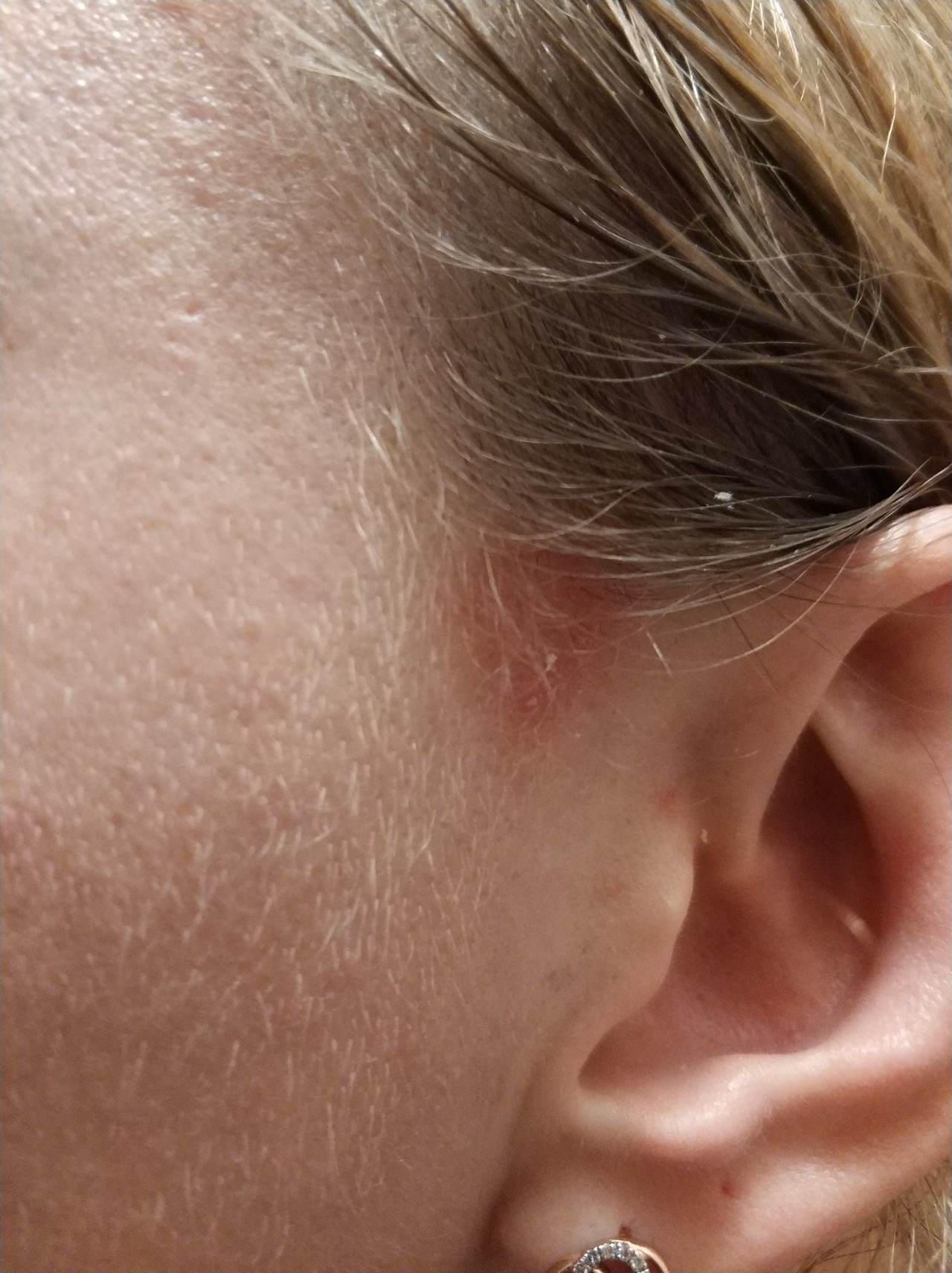 Common side effects can include diarrhea, headache, insomnia, nausea, upper respiratory tract infection, and urinary tract infection.
Common side effects can include diarrhea, headache, insomnia, nausea, upper respiratory tract infection, and urinary tract infection. :max_bytes(150000):strip_icc()/rosacea-psoriasis-or-eczema_final-92e40383d89343f0b645333fe0ece9ed.png) Prescription-strength products are also available.
Prescription-strength products are also available.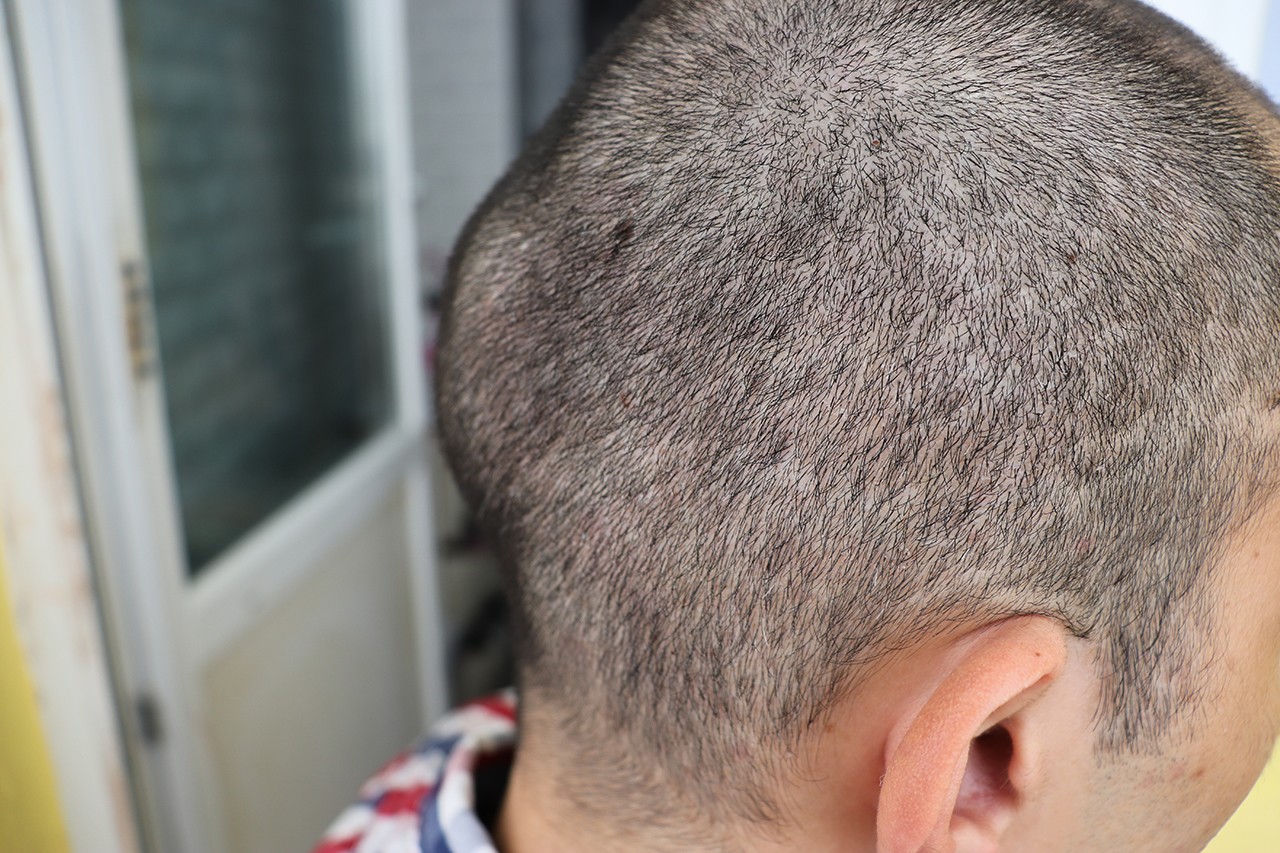

 The procedure is aimed at preventing the processes of malignant degeneration of cells.
The procedure is aimed at preventing the processes of malignant degeneration of cells.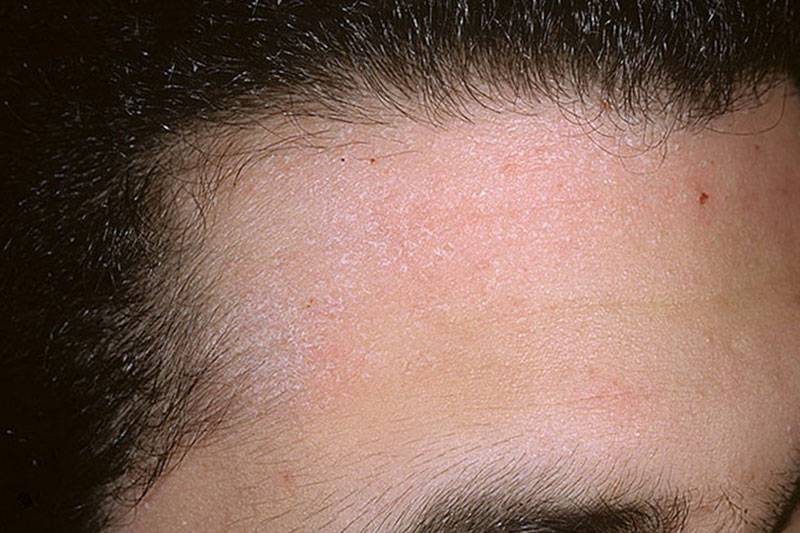 2 Why does psoriasis appear on the head?
2 Why does psoriasis appear on the head?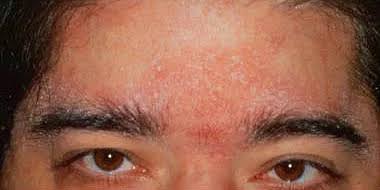 13.0.5 Which diet can help with scalp psoriasis?
13.0.5 Which diet can help with scalp psoriasis?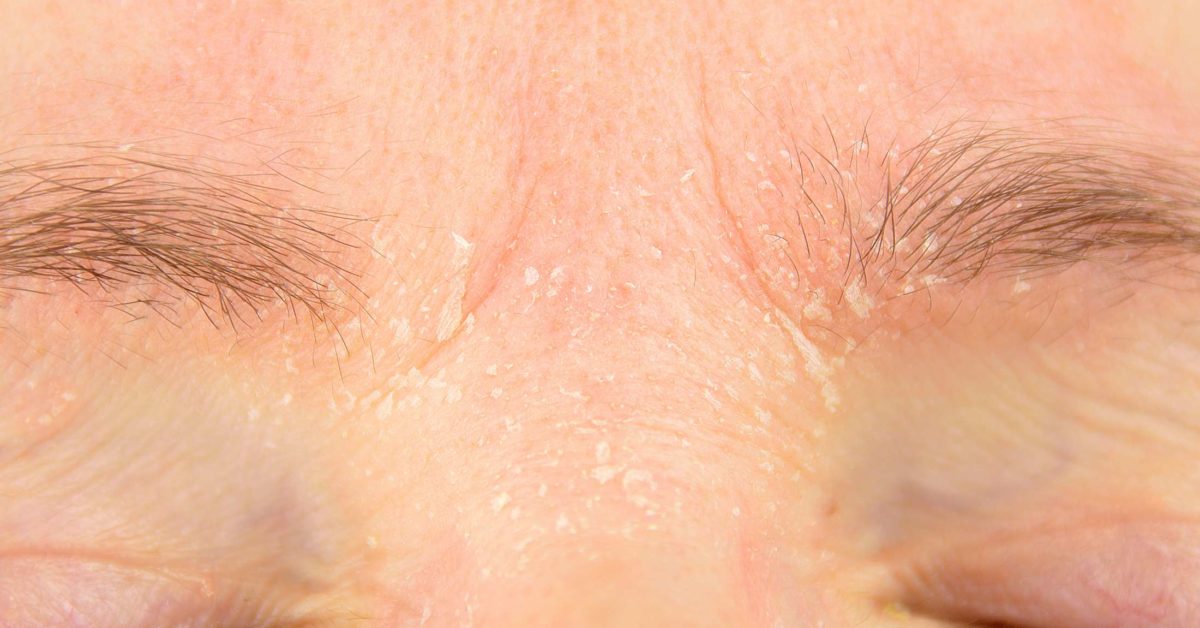 Leave the oil on all night and wash off in the morning.
Leave the oil on all night and wash off in the morning.